Description
The Chief Mechanical Engineer of the GWR Frederick W. Hawksworth had hoped to design a new 4-6-2 (Pacific) express locomotive for post war traffic, when he took up office in 1941 but had been prevented by the war from doing so. Unfortunately, the Cathedral class never made it off the drawing board but remained a proposed design with almost became reality.
The following is Fiction & a history that might have been.
Production
Following the end of the Second World War, Frederick Hawksworth received permission from the Board of the Great Western Railway to design and build a new class of steam locomotive – swiftly dubbed the ‘Super King’, much as the Kings had been referred to as ‘Super Castles’ when they were being drafted. Building on the lessons learnt from the Great Western Railway’s experimental engine, No.111, and taking inspiration from the London, Midland and Scottish Railway’s Duchess- and Princess-class Pacific-type 4-6-2 locomotives, Hawksworth constructed the Cathedral-class at the Great Western Railway’s Swindon Works, testing many of the features that would be a part of the Cathedral-class on the second batch of the County-class 4-6-0s which were also in production at the time.
An initial batch of five locomotives were ordered from the GWR Swindon Works in early 1946. The prototype, No.8000, was outshopped on June 6, 1946, and was followed by another four (No.8001-8004) between the end of June and the end of July (Lot. No.359). In total, twenty Cathedral-class locomotives were outshopped from GWR Swindon, with the remaining fifteen being built in three batches across 1947 – No.8005-8010 in January and February (Lot No.361); No.8011-8015 in June and July (Lot No.363); and 8016-8019 in December (Lot No.365).
Testing
The prototype, No.8000, was painted in GWR Unlined Green livery and without logos on the tender. Upon being outshopped from GWR Swindon, it was sent to Old Oak Common under the cover of darkness and arrived at the London depot where it was prepared for work. On June 7, the locomotive was tested on an overnight train of 14-coaches from London Paddington to Bristol to ensure it was within gauge. The following night, No.8000 was put through her paces, and achieved high speeds in excess of 100 mph both on the trip to Bristol and the return to London Paddington. These trips were repeated for a week, by which time word of the new locomotive had begun to spread amongst station staff and engine crews, and the publicity department for the Great Western Railway insisted that the locomotive was put on ‘The Bristolian’ express service between London Paddington and Bristol Temple Meads, which she headed between June 14 and 20.
Following this, No.8000 was returned to Swindon, where she was painted into a full GWR Lined Green livery for express duties, as well as having basic modifications made. The locomotive was then moved to Plymouth’s Laira Depot where she was put through her paces on the heavy West Country Expresses, she would run between Plymouth and Newton Abbot. Crews at Laira Depot took a shine to the engine and were soon singing the praises of the Great Western Railway’s newest locomotive. Her final day at Laira Depot saw No.8000 in charge of the Penzance-Wolverhampton service from Plymouth to Bristol, where she was sent to Bath Road Depot for cleaning and an inspection.
On Saturday, July 6, No.8000 was sent to London Paddington at the head of ‘The Bristolian’ and was, upon arrival, named ‘Westminster Cathedral’ in front of a crowd of distinguished guests, amongst them the former Great Western employee and Chief Mechanical Engineer of the London, Midland and Scottish Railway, William Stanier. The presence of Stanier led many to believe he had at least some involvement in the design of the loco due to the professional relationship he and Hawksworth shared whilst both worked under Churchward and Collett, also similarities the Cathedrals had to the Princess Royals, Stanier’s first design for the LMS, were not overlooked. The Monday following the naming ceremony saw No.8001, ‘Oxford Cathedral’, outshopped from GWR Swindon, with a new Cathedral-class being dispatched from Swindon Works each week until the end of July, bringing the class to a total of five.
Working Lives
Once the first batch was complete, the engines were split up and sent to three different depots for running in and, eventually, express work. No.8000 and No.8001 were based at Old Oak Common in London, being used on the West Country, Wolverhampton, and Bristol services. No.8002 and No.8003 based at Bristol Bath Road and were used almost exclusively on ‘The Bristolian’ express services. No.8004 was sent to Plymouth Laira and was used on the heavier express services between Plymouth and London Paddington. This continued until February 1947, when the next batch of Cathedrals were outshopped from GWR Swindon. No.8005 and No.8006 joined No.8004 at Laira, whilst No.8007 and No.8008 were allocated to Bath Road and No.8009 and No.8010 joined the first two members of the class at Old Oak Common.
The third batch of Cathedral-class locomotives (No.8011-8015), completed across June and July 1947, were allocated exclusively to Cardiff Canton depot and were all, with the exception of No.8014, christened with Welsh names. However, it is worth noting that these were not the first of the class to have gone to Wales, as No.8002 had deputized for a failed Castle-class on ‘The Red Dragon’ earlier that year. The final batch were built in December 1947, and would be the final express locomotives built for the Great Western Railway, and as such were named after old Great Western engines, with the final engine named after the designer himself – with No.8016 christened as ‘Great Britain’; No.8017 as ‘Dreadnought’; No.8018 as Lord of the Isles, and No.8019 as F.W. Hawksworth CME.
The next year, No.8017 ‘Dreadnought’ participated in the 1948 Locomotive Exchange Trials, organised by the recently nationalised British Railways. No.8017 performed well compared to many of its peers, and most notably on a run between London Euston and Glasgow on the West Coast Main Line, where it exceeded the standard performance of the Princess-Royals, achieving an average speed of 92.3 mph. This performance showcased the improvements that Hawksworth had made to Stanier’s design in the construction of his own breed of Pacific-type locomotives.
In September 1955, once the modifications made to the King-class were proven successful, the entire fleet of Cathedral-class locomotives were fitted with double chimneys and blastpipes. The first locomotive to receive this modification was No.8005 ‘Truro Cathedral’, which had earned a reputation as a notoriously bad steamer compared to its fellow classmates. These modifications to the Cathedral-class were completed by year’s end.
Cathedral-class engines worked between London Paddington, Bristol, Plymouth, Cardiff, and Wolverhampton, and their introduction saw the King-class displaced from the heavier express services on these routes. This, in turn, saw the King-class locomotives displace the Castles, sealing the fate of Churchward’s Star-class engines, with only a few stragglers surviving into mainline service past 1950, most being either scrapped or stored for use as spares for other engines on the Western Region. Cathedral-class engines also ran on ‘The Cornishman’ between Plymouth and Wolverhampton.
Following the Harrow and Wealdstone crash of 1952, a number of Cathedral-class locomotives were loaned to the Midland Region until such time as No.71000 ‘Duke of Gloucester’ could be completed to fill the gap in the region’s engine roster. These engines included No.8000 ‘Westminster Cathedral’, No.8010 ‘Birmingham Cathedral’, and No.8016 ‘Great Britain’. The engines were well-received by the Midland Regions crews that were used to the Princess-Royals and performed admirably. Their use on the Merseyside Express meant they could be directly compared to their Midland Region cousins and the Cathedrals easily matched the performance of the Princess-Royals on this service, and were even known to have exceeded them when paired with the right crews.
In 1957 No.3440 ‘City of Truro’ was returned to service by the Western Region, incidentally No.8005 ‘Truro Cathedral’ was also at Swindon having a heavy general overhaul. Once both were in running order they were sent to Didcot Shed and they ran railtours together from this base for 2 weeks. Didcot Shed was not used to having such a large engine. Once this period was over No.8005 was sent back to Laira Depot. She lasted another 2 years before being written off in a crash at Exminster.
Towards the end of their lives in service, especially after 1962 when the King-class had been withdrawn and route restrictions had been eased, the locomotives of the Cathedral-class found themselves pushed further afield from their normal stomping grounds, often going as far as Swansea and along the Welsh Marches to Shrewsbury, as well as running services north of Paddington from Oxford and even going to Hereford and Gloucester via Worcester and Kemble respectively. It is perhaps an ironic twist of fate that the most varied period of action for the class came just before the end.
Speed Record
Competing with the London, Midland and Scottish Railway and the London and North Eastern Railway in the “Mad Dash to the North”, and in an attempt to boost the morale of recently returned soldiers who had taken up jobs on the railways, the Great Western Railway attempted their own record by pushing one of the newly built Cathedral-class locomotives to the limit. This was viewed by many to have been a final hoorah for the Great Western Railway before the impending nationalisation under British Railways and seen by many critics as a last-ditched attempt at a publicity stunt.
On December 7, 1947, No.8018 ‘Lord of the Isles’ set off from Plymouth with a dynamometer carriage and a few other coaches, all aimed at recording the engine’s performance on the South Devon banks. The engine crew filled the back corners of the firebox as high as they could, which resulted in testimonies from witnesses describing large, billowing clouds of thick, black smoke erupting from the engine as it departed Exeter.
According to the instruments aboard the train, as the engine crested the bank at Wellington it was already moving at approximately 78 mph, with its safety valves bursting. In a performance which echoed that of the speed record set by No.3440 ‘City of Truro’ in 1904, driver Arthur Harris pushed open the regulator to full, sending the train barrelling down the hill towards Taunton, topping out at a speed of 112.7 mph, a new record for the Great Western Railway.
It is reported that there had been talks between Samuel Ell and William Stanier, it was discussed whether an attempt to streamline a Cathedral-class in an effort to push its record even further. However, with the impending nationalisation, this idea was abandoned before any serious plans could come to fruition.
Incidents
The most severe incident involving a Cathedral-class locomotive occurred on 14 October 1959, when No.8005 ‘Truro Cathedral’ derailed at Exminster whilst running light engine from Exeter St. Davids to Newton Abbott. The locomotive was running with an inexperienced crew who were unfamiliar with the area or the foggy weather conditions. As a result, they missed a signal warning them of an upcoming crossover to the slow line and turned over, hitting the crossover at 56 mph. Both crew members were killed in the impact, and No.8005 was withdrawn from service and sent for scrap, becoming the first member of the class to be withdrawn.
No.8007, ‘Hereford Cathedral’ was involved in a rough shunt collision with some empty coaching stock at London Paddington on 21 December 1962 after slipping on icy rails. No injuries were reported, but the Hawksworth tender was badly damaged, necessitating its replacement. To return the engine to service as quickly as possible, the tender was swapped for a Collett 4000-gallon tender obtained from the recently withdrawn Castle-class locomotive, No.4095 ‘Harlech Castle’. The former tender was sent for scrap along with No.4095, and No.8007 ran with the Collett tender until it’s next period at Swindon Works, at which time the engine was paired with a Hawksworth tender reclaimed from a withdrawn County-class engine.
In July 1962, No.8015, ‘St. David’s Cathedral’ was at the head of the westbound ‘Red Dragon Express’ from London Paddington to Swansea when a casting fault in the front axle caused the front wheelset to split, which resulted in the locomotive splitting the points just east of the Severn Tunnel junction. This derailment caused a serious delay in eastbound freight, and mineral trains had to be diverted across the Welsh Marches route via Hereford and Gloucester. The engine was subsequently re-railed and taken to Cardiff Canton Depot for emergency repairs before it returned light engine to Swindon Works, where it received a front bogie set reclaimed from the withdrawn King-class No.6013 ‘King Henry VIII’.
Withdrawal from Service
Unlike their smaller counterparts, all but one of the Cathedral-class locomotives survived until the final year of steam on the Western Region. The first to be withdrawn was No.8005 ‘Truro Cathedral’, having been involved in a fatal crash at Exminster in October 1959. The next member of the class to be withdrawn was No.8007 in April 1965, supposedly to be overhauled for purchase by Billy Butlin. The sad fate of No.8007 became apparent as she languished at Swindon Works’ out of use sidings having been fully cosmetically restored. The purchase fell through and she was cut up swiftly in December 1965. No.8007’s withdrawal was followed swiftly by No.8000, No.8001, No.8003, No.8004, No.8013, and No.8014 the next month. In June, No.8015 entered into preservation directly from service, while No.8006, No.8009, No.8010, No.8012, No.8016 and No.8017 were all withdrawn for scrap. July saw No.8002 preserved while No.8008 and No.8011 sent to Barry Scrapyard, with this being distinct as the only engine sent to Barry to arrive under its own steam.
The final two members of the class, No.8018 ‘Lord of the Isles’ and No.8019 ‘F.W. Hawksworth CME’ lasted in BR ownership until November 1965, having the honour of seeing off their class’ BR service with plenty of railtours all over the Western Region and then a whirlwind farewell rail tour. Their final performance saw No.8018 run from Plymouth to Paddington via Bristol and No.8019 run from Cardiff to Paddington where each was turned around and refuelled for a run to Wolverhampton before running back to Paddington for the last time. Both of these engines would enter preservation following their withdrawal from mainline service. Only No.8002 outdid them by running a private railtour on 28th December 1965. She ran from Bristol to Plymouth and return, allowing Laira men one last look at the huge behemoths of which had been their charge for 20 years.

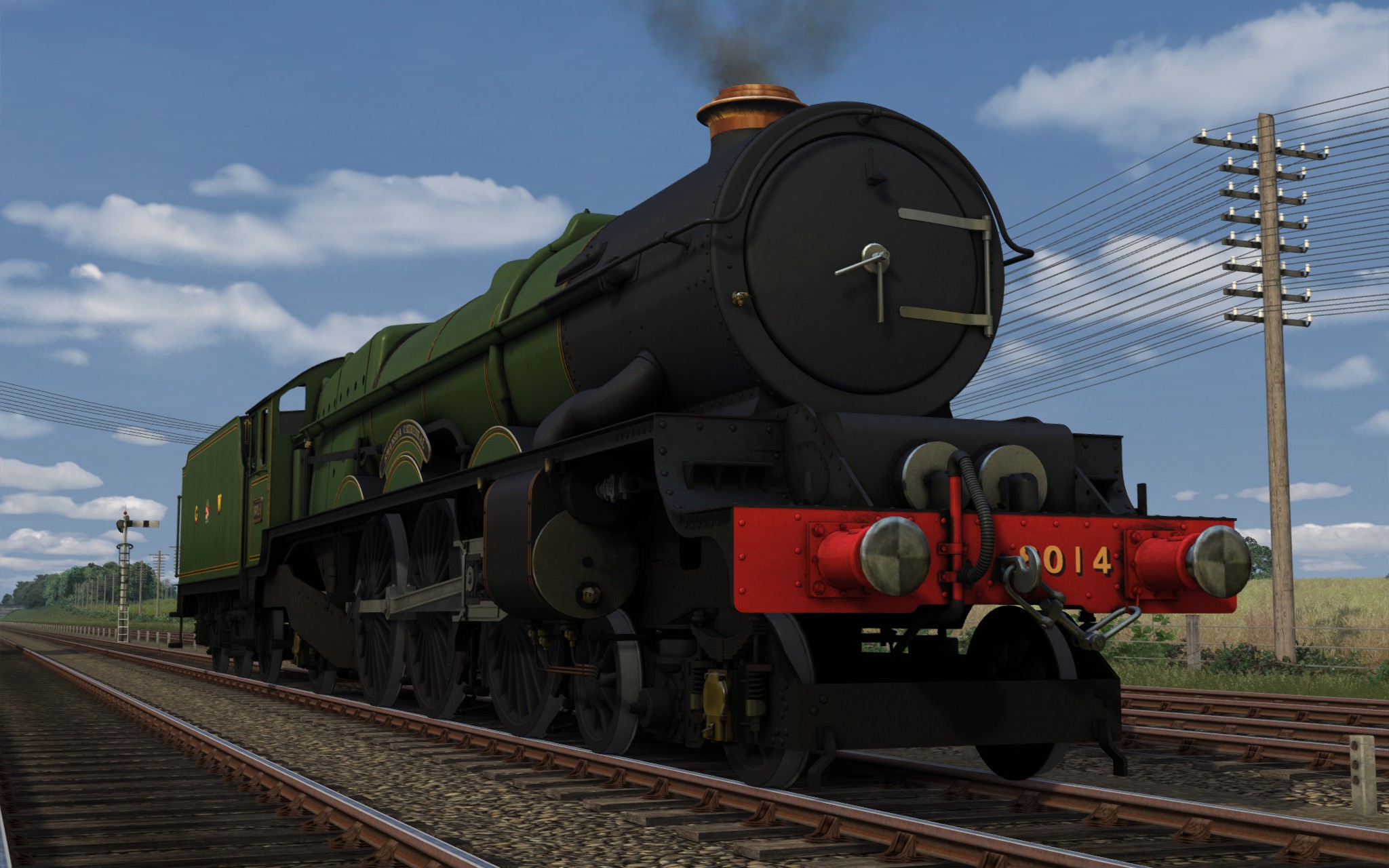
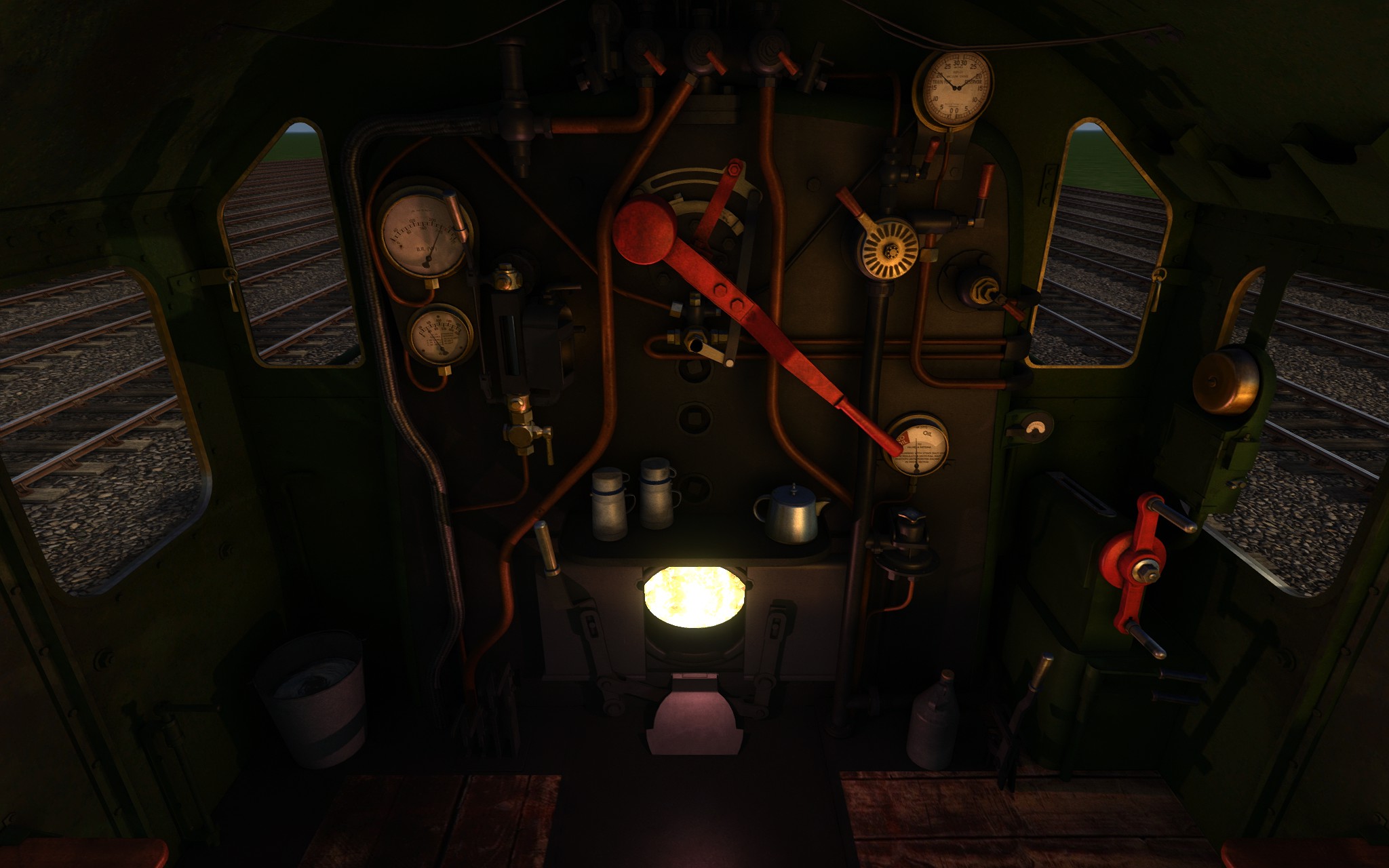
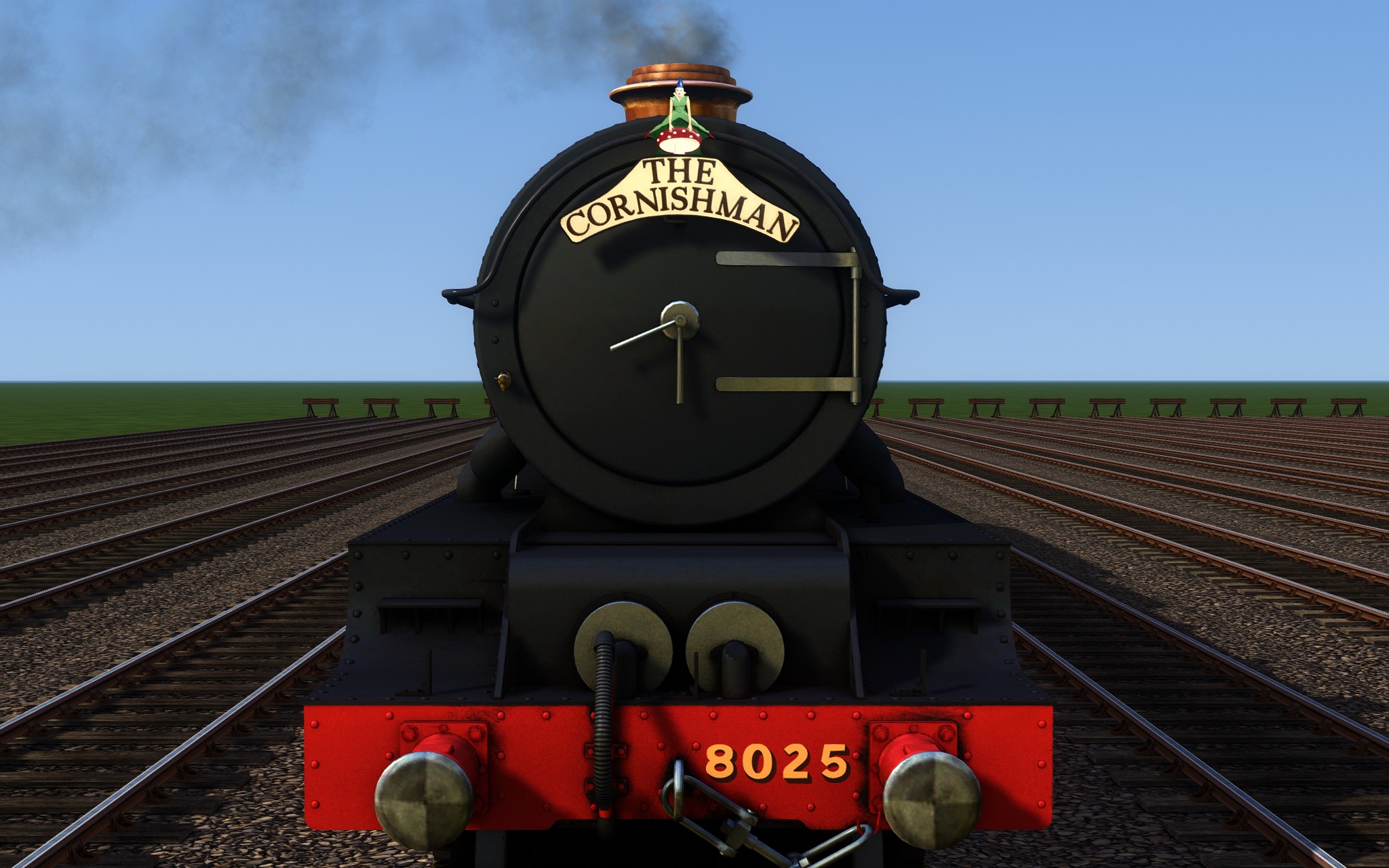
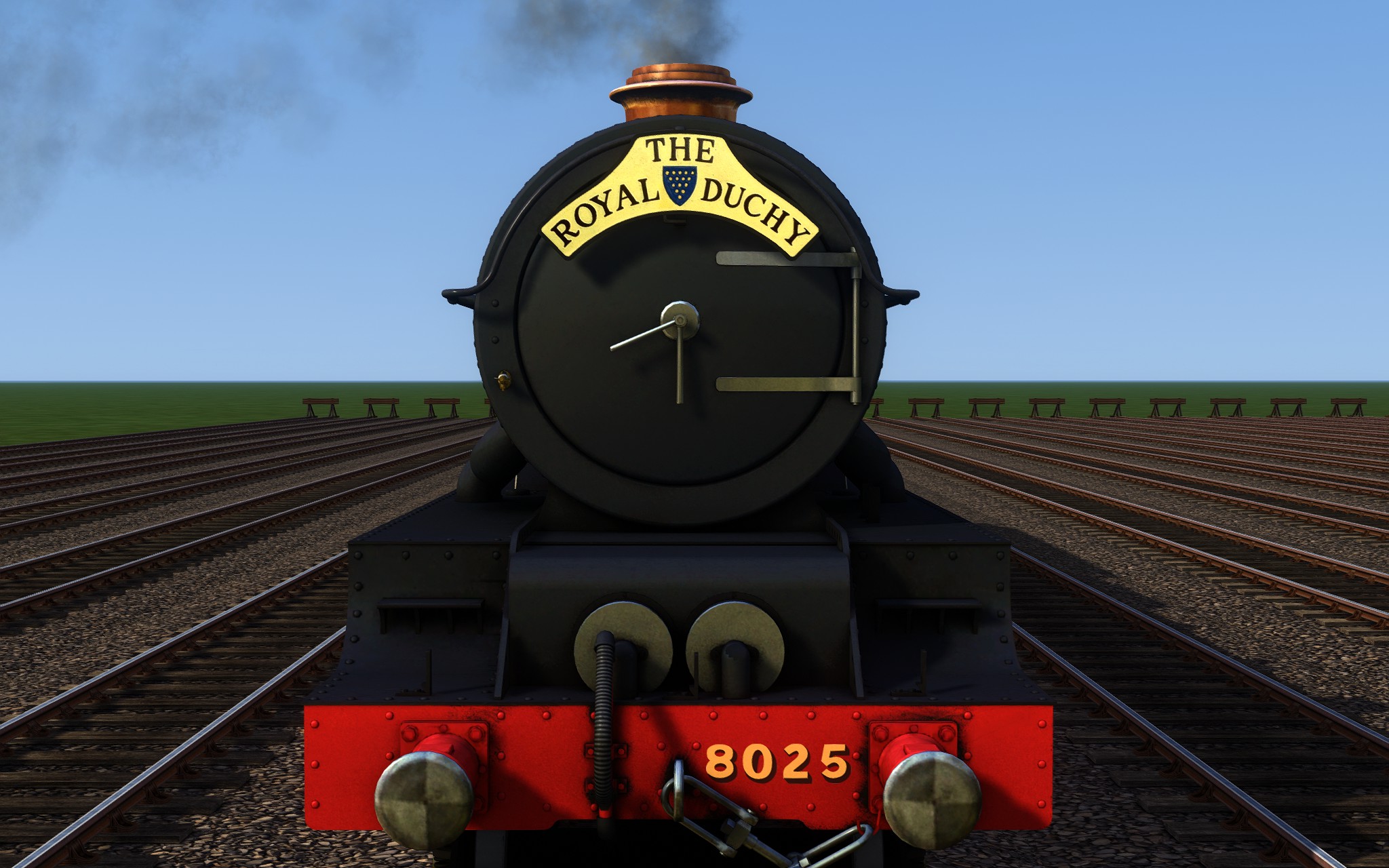
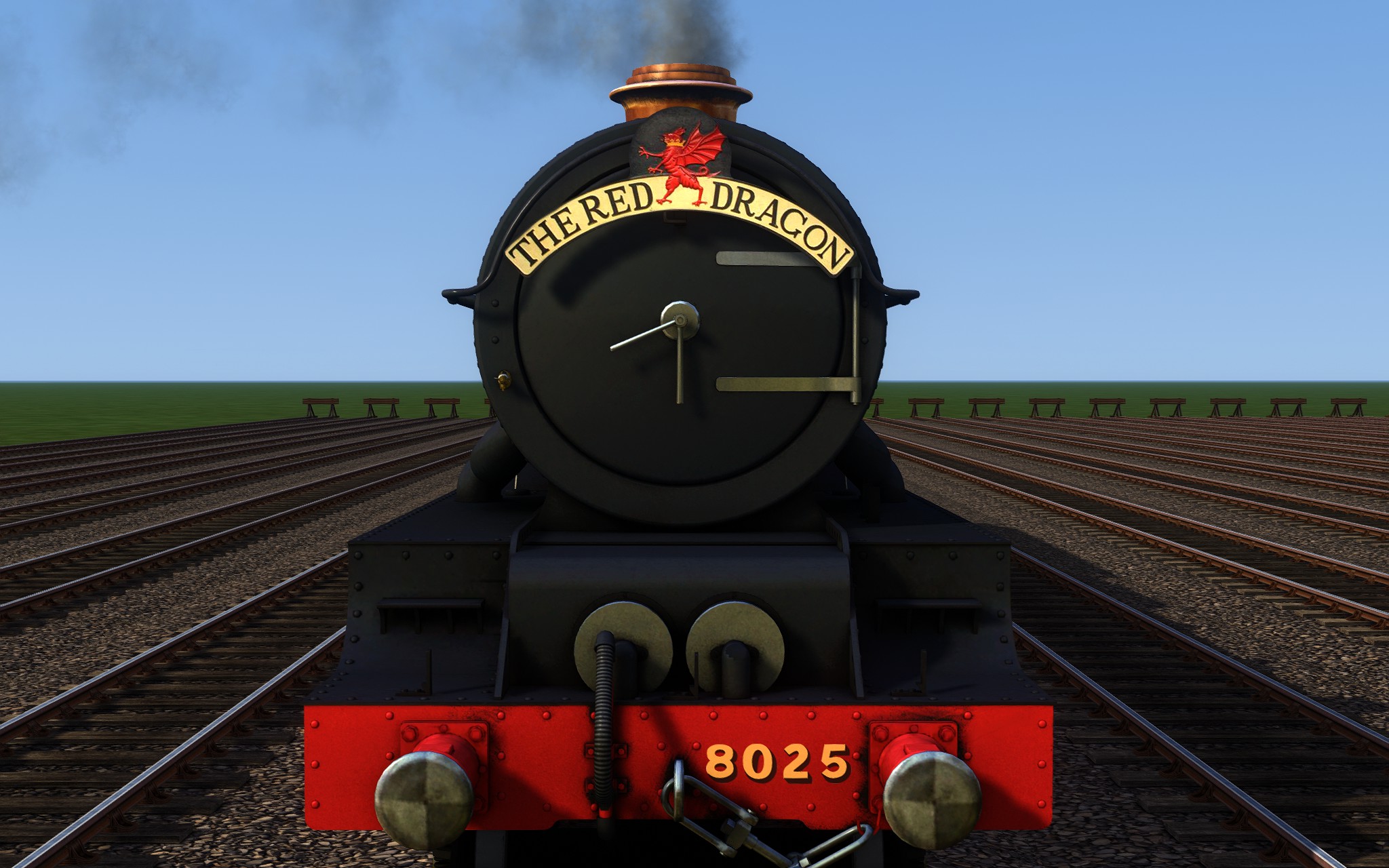
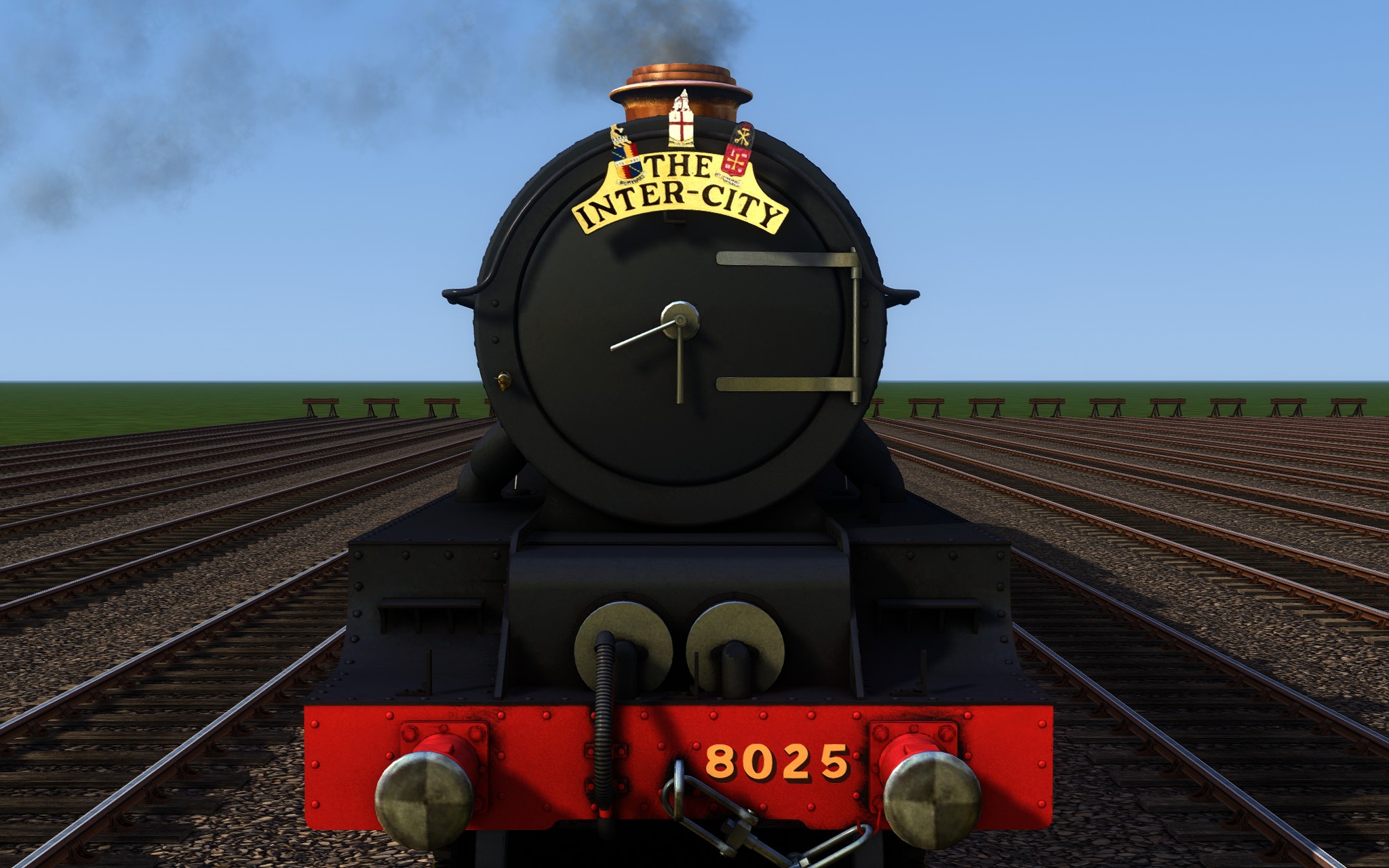
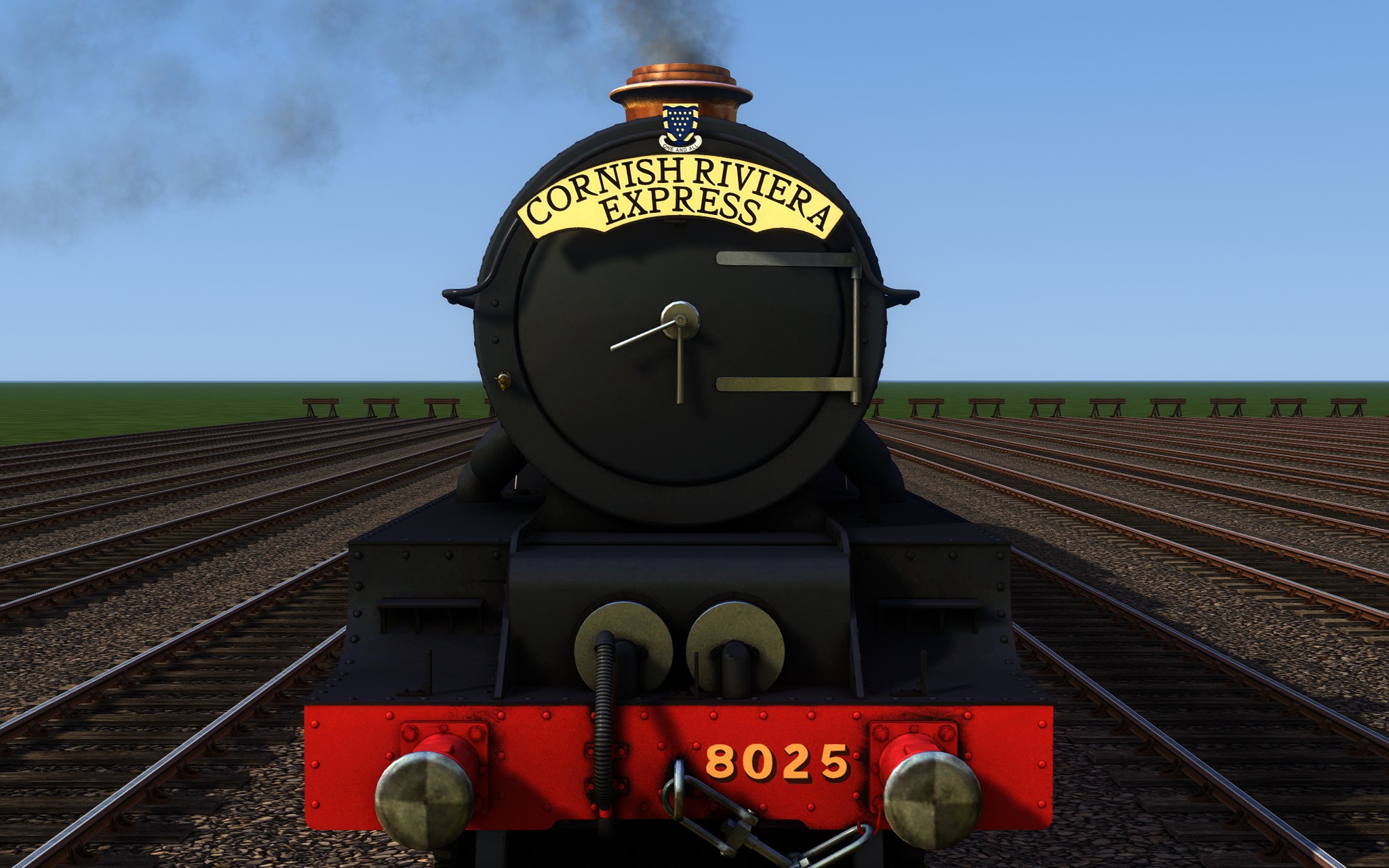
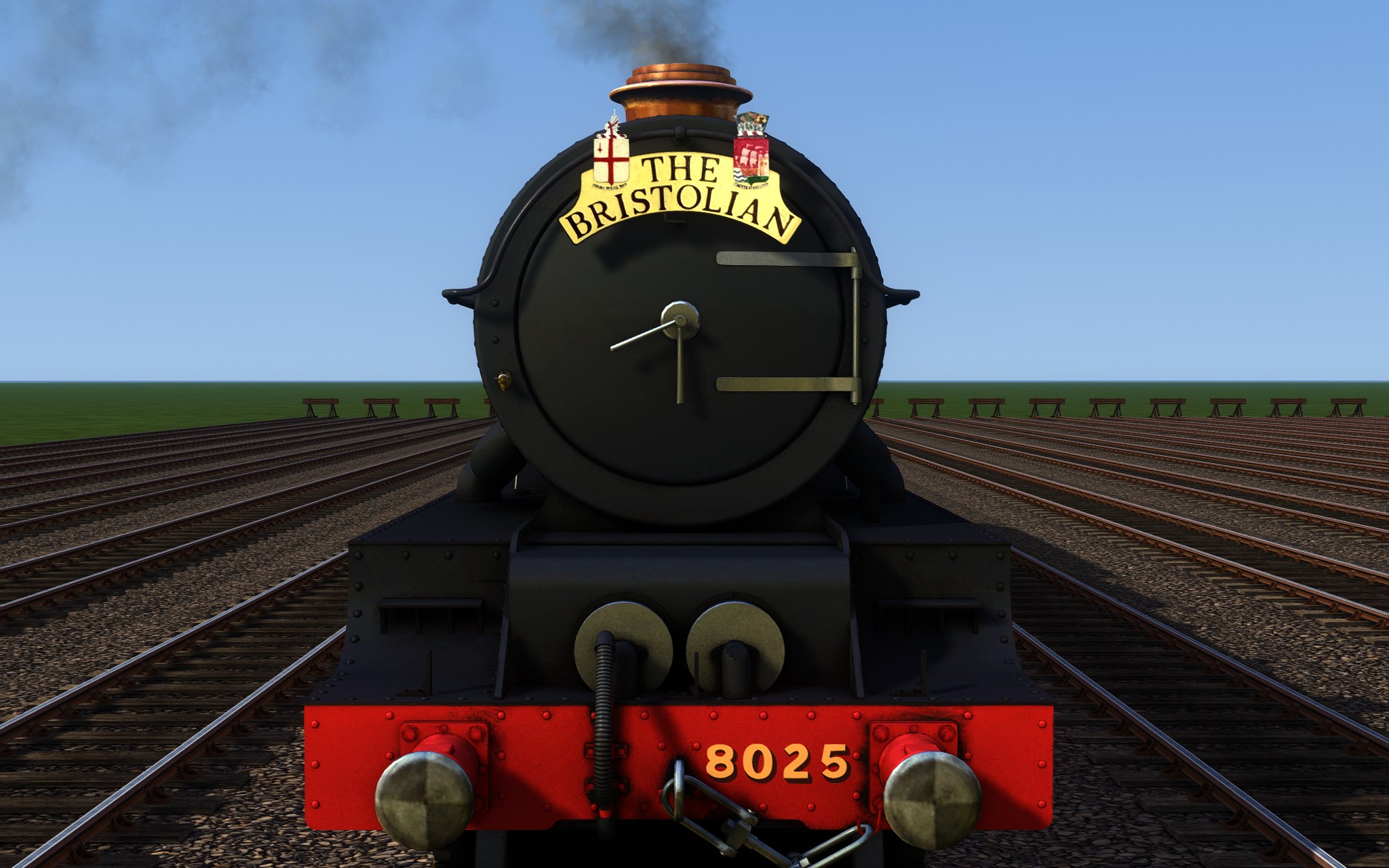
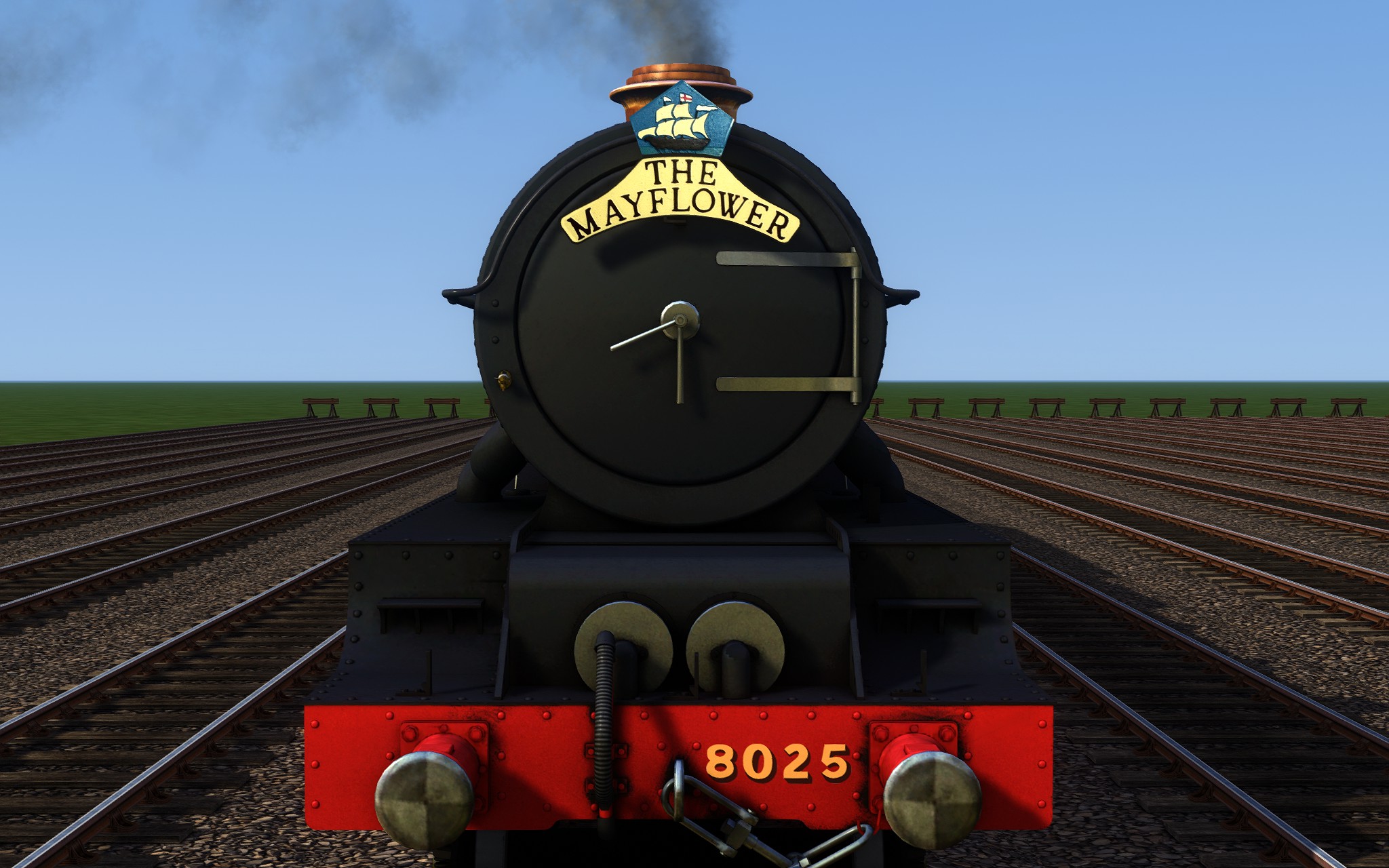
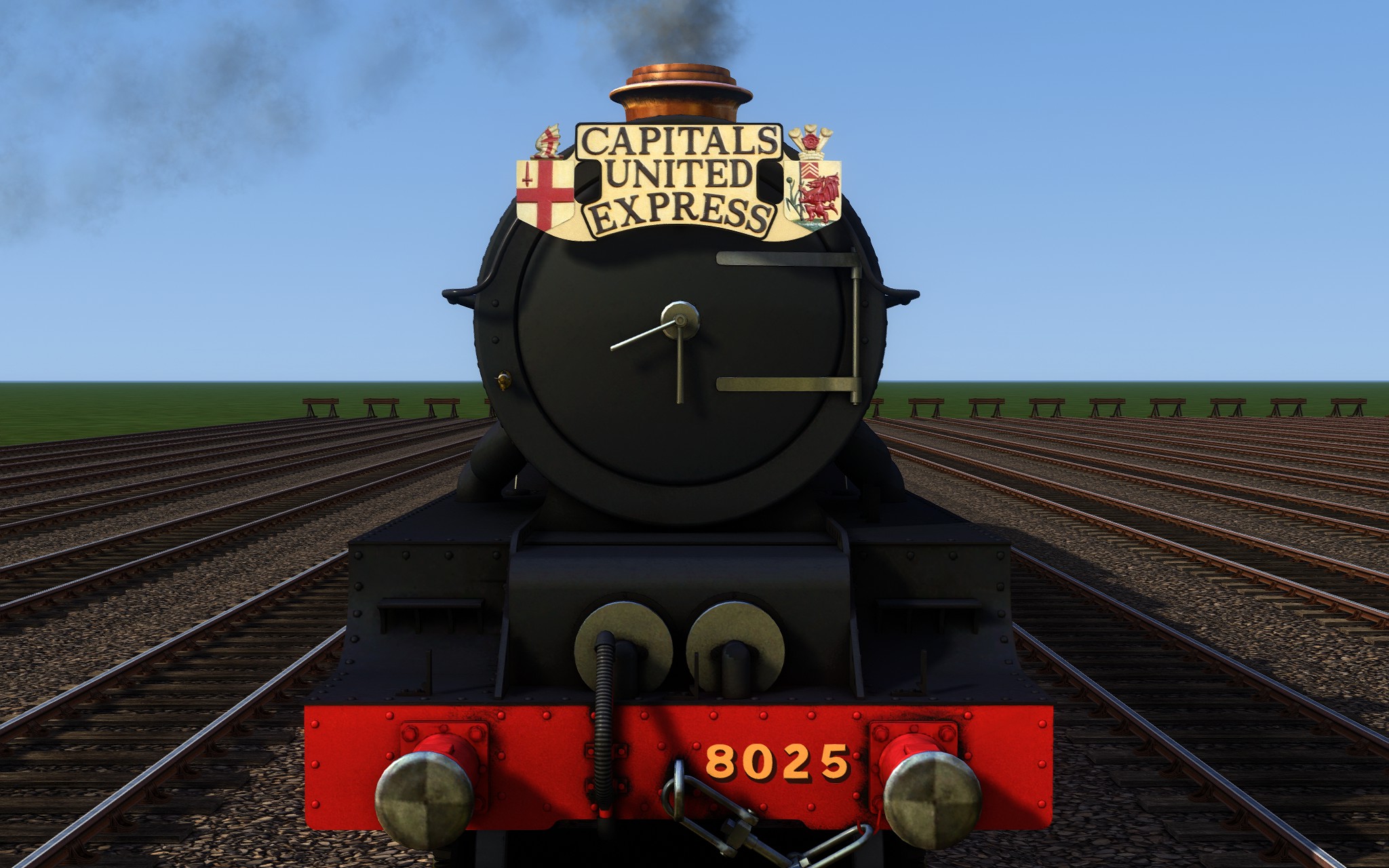
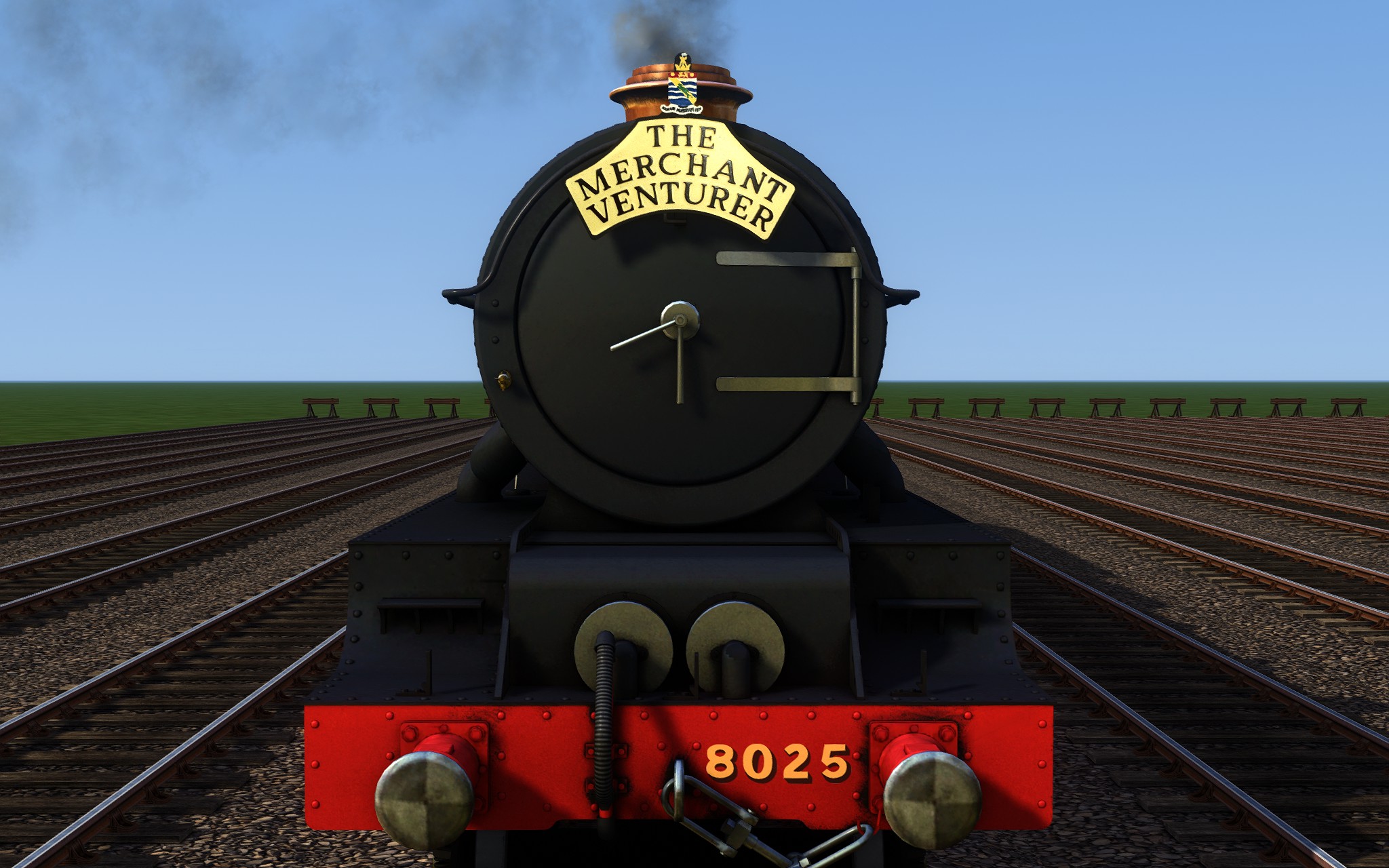
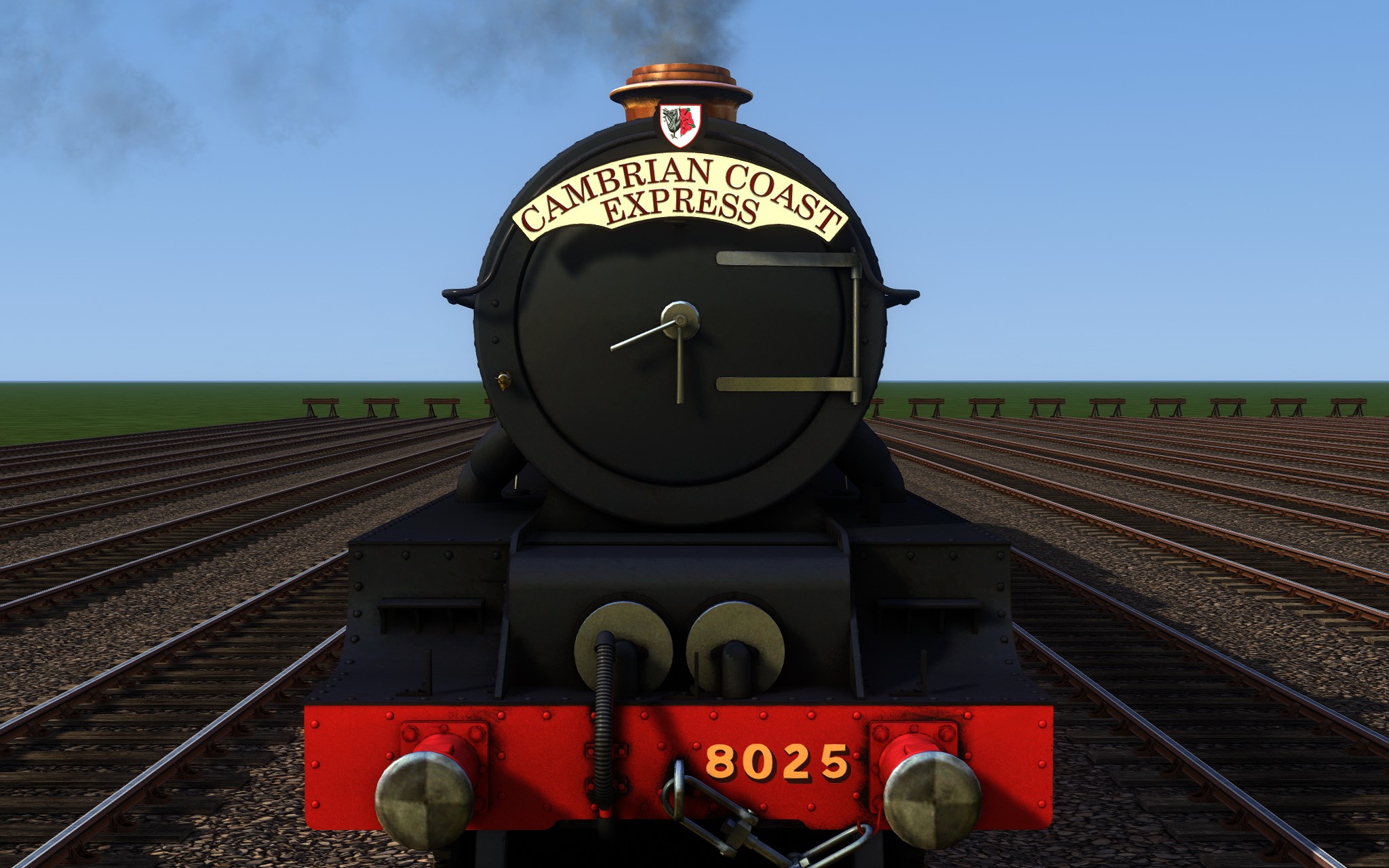
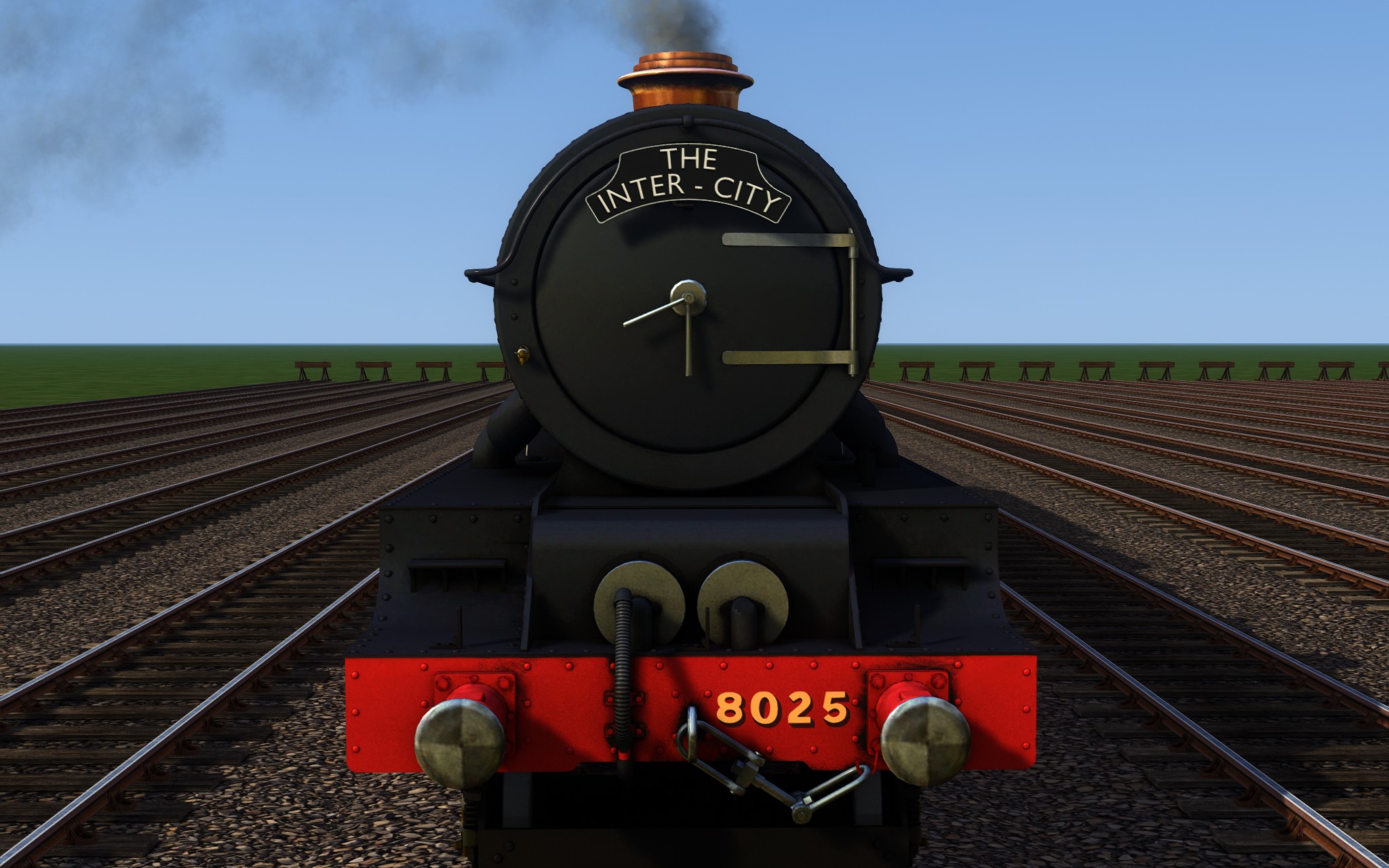
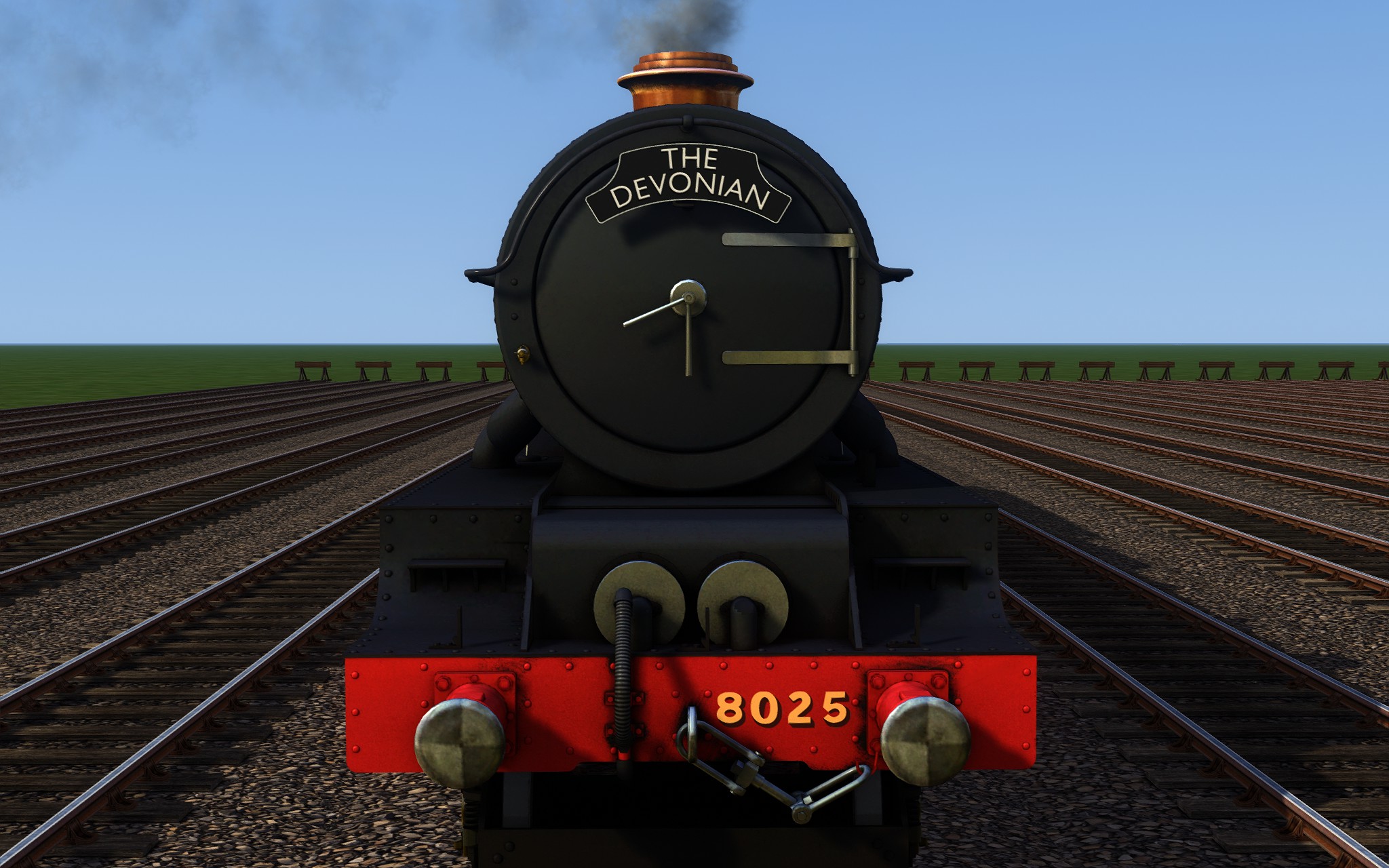
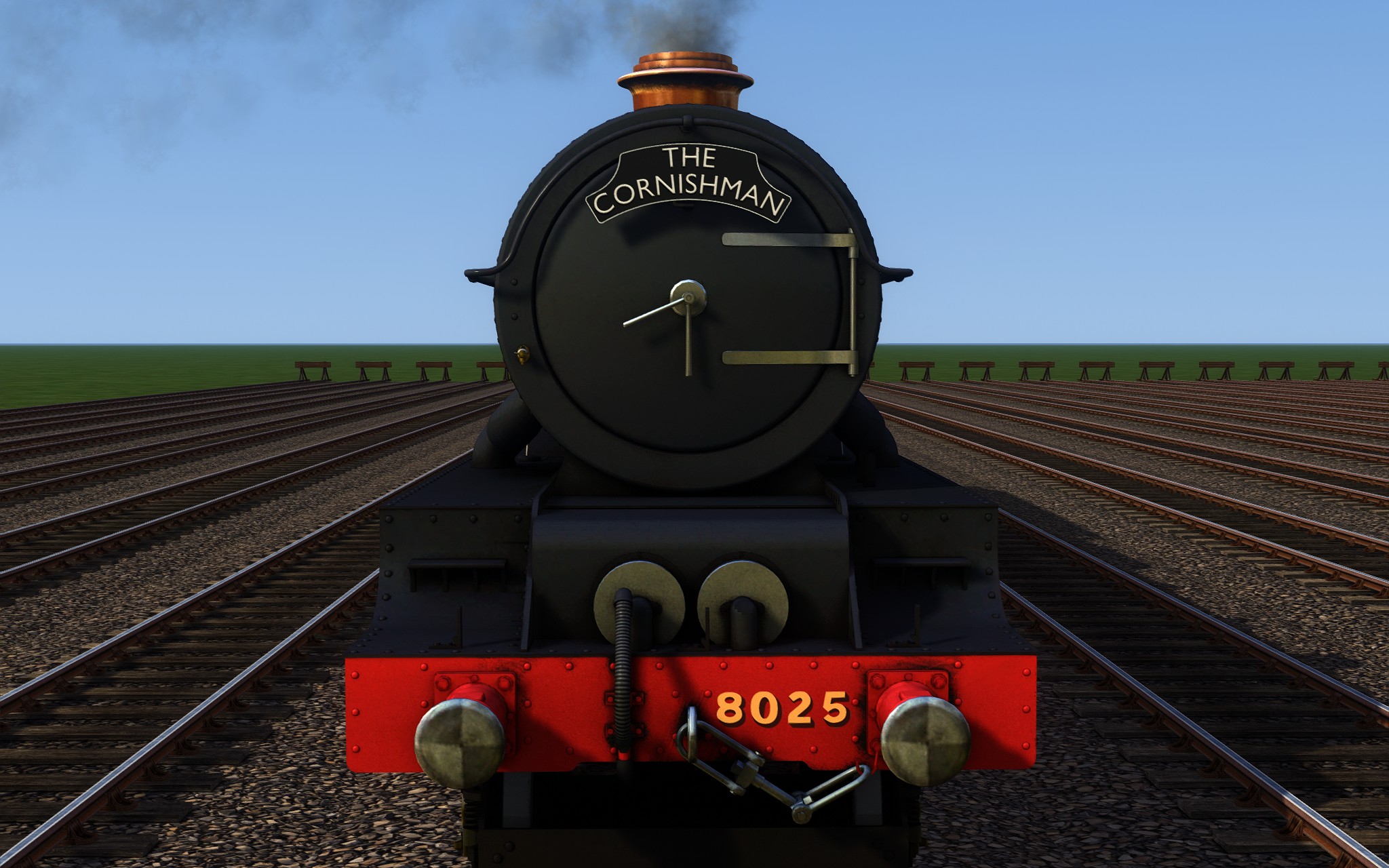
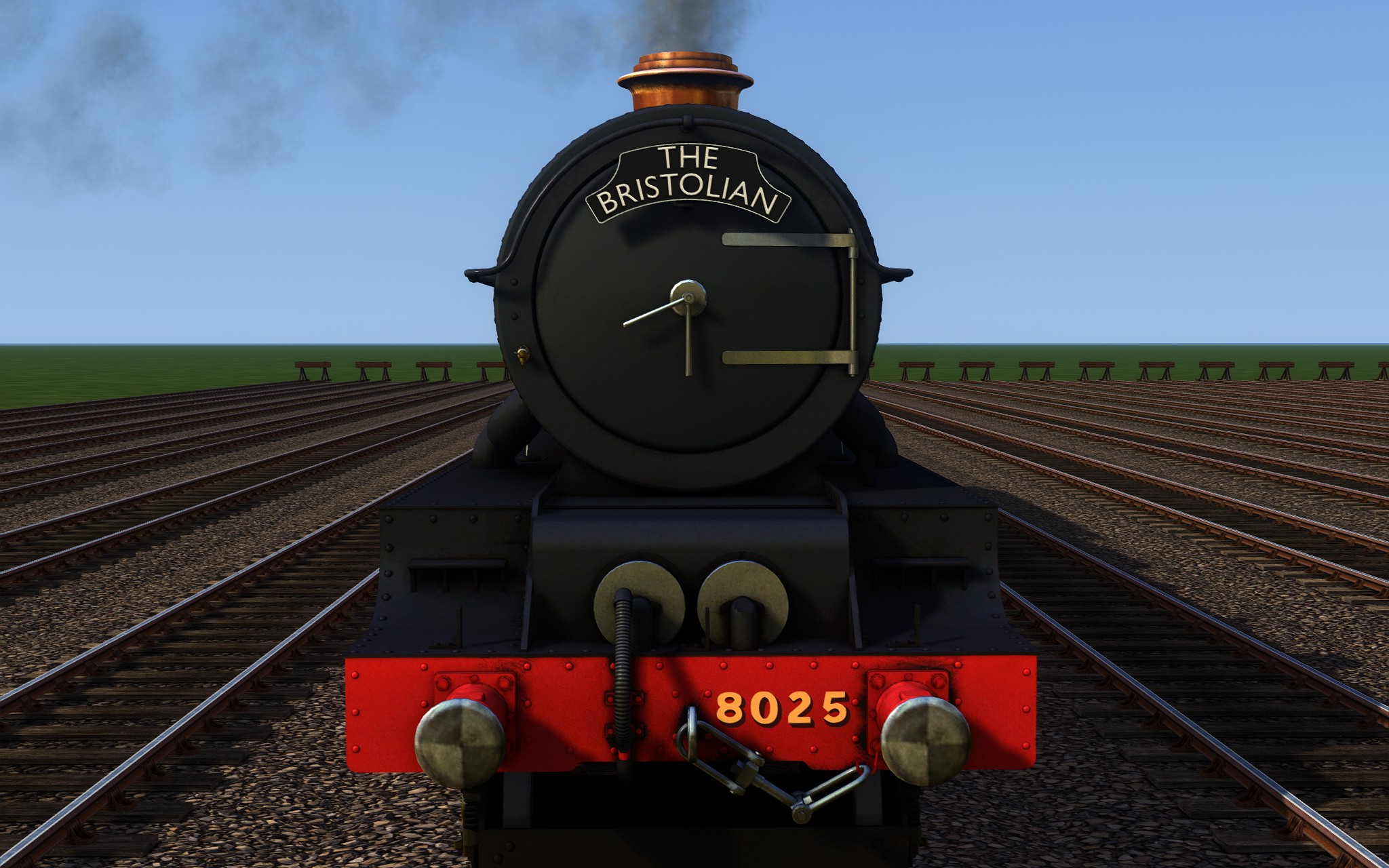
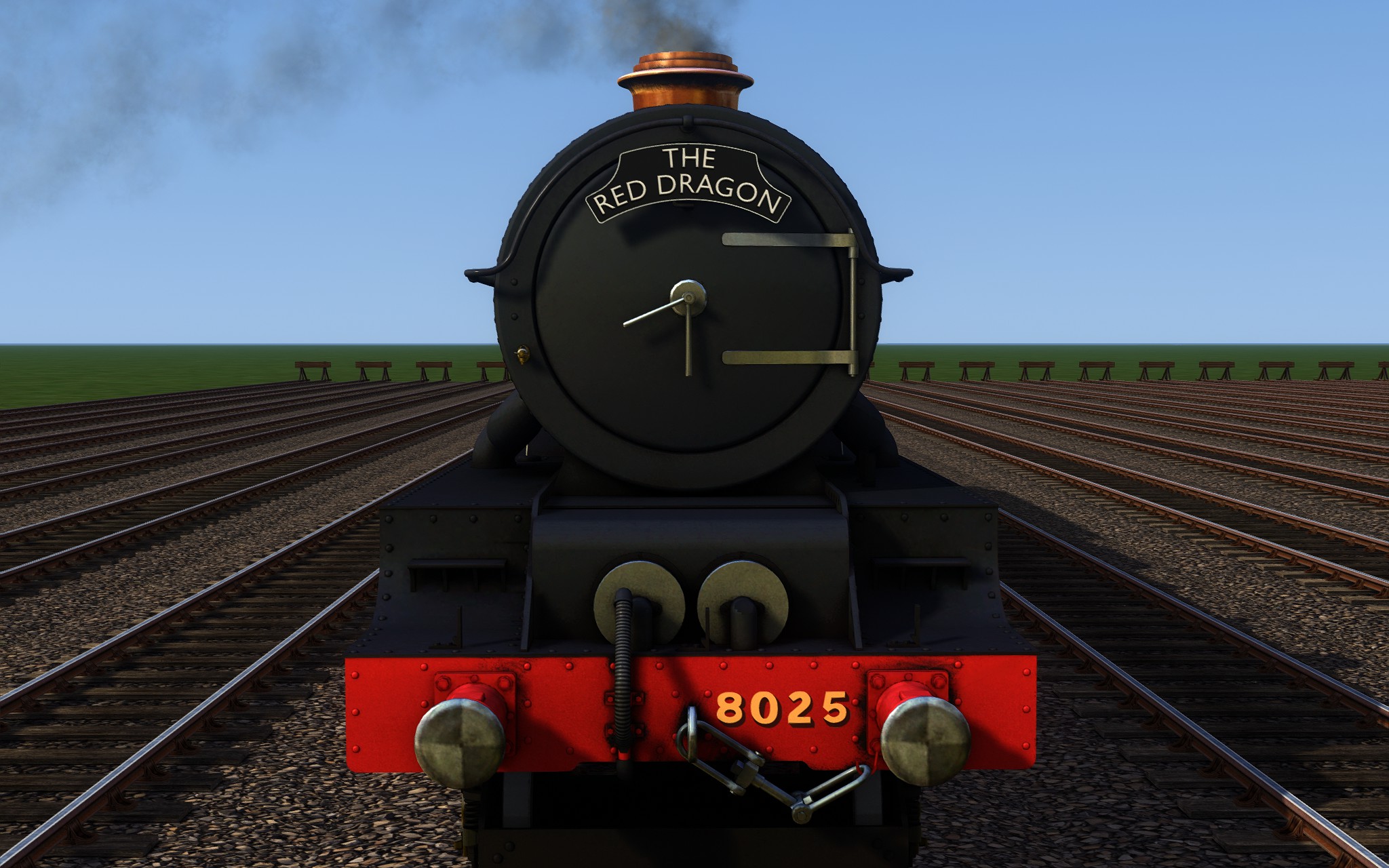
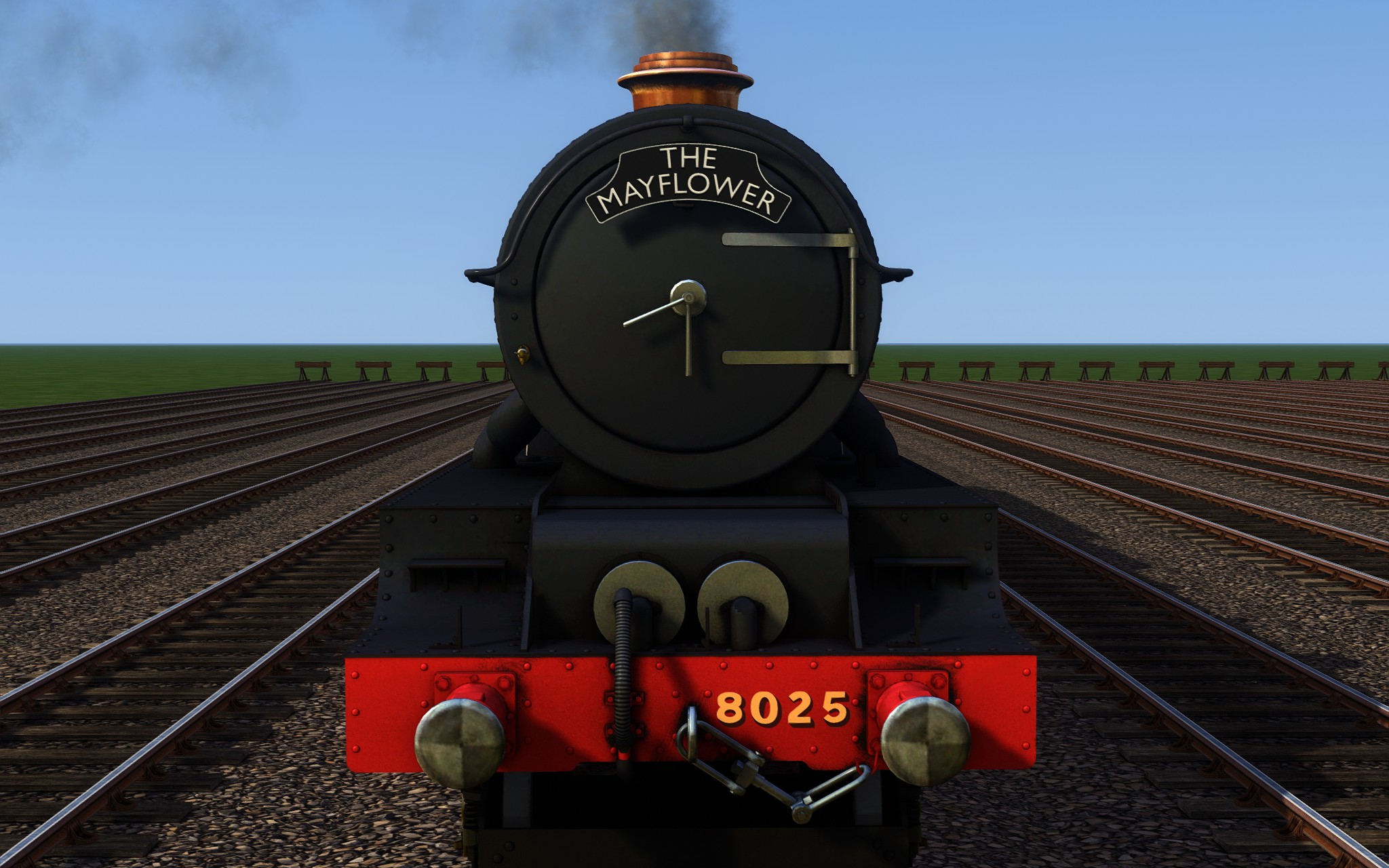
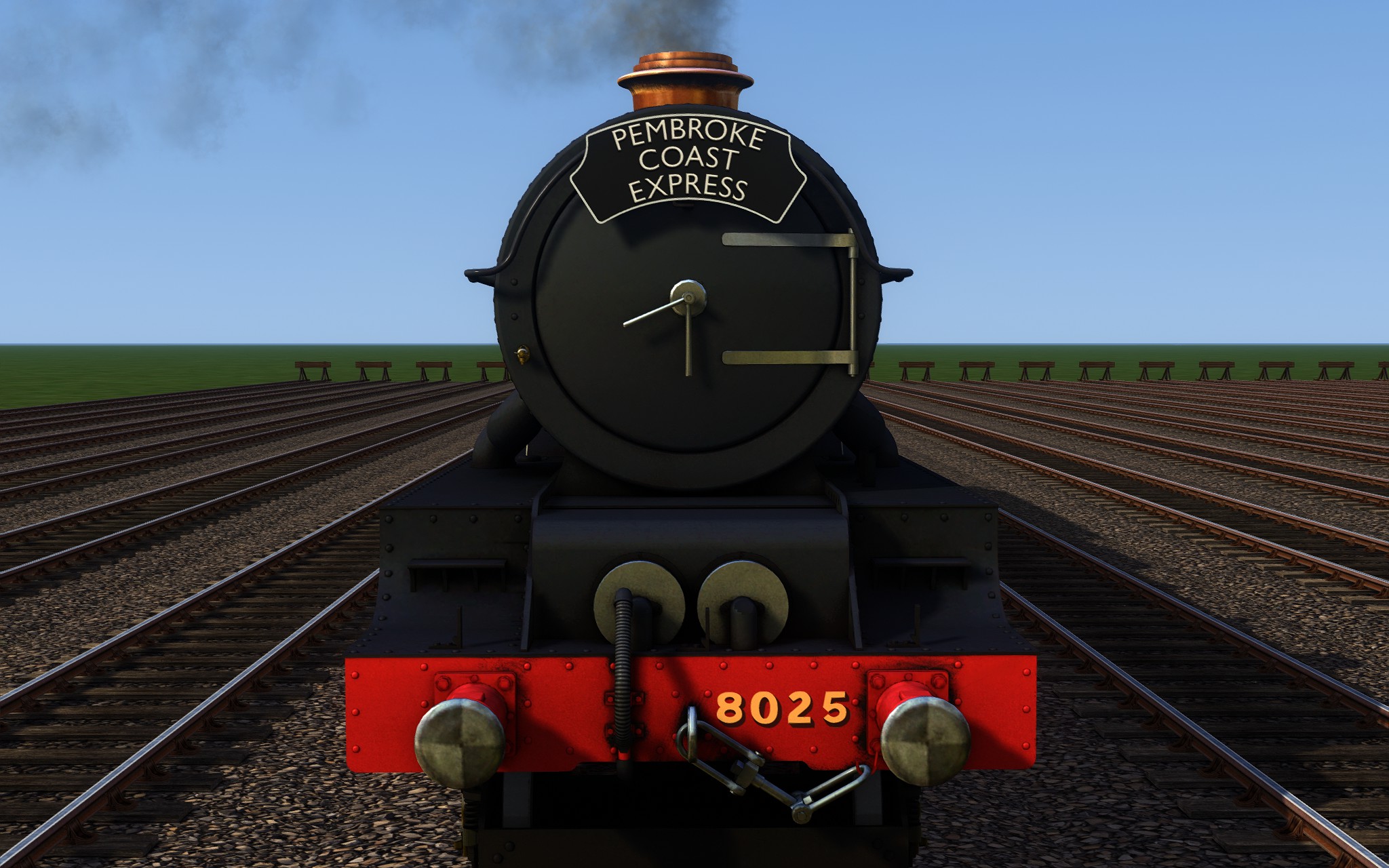
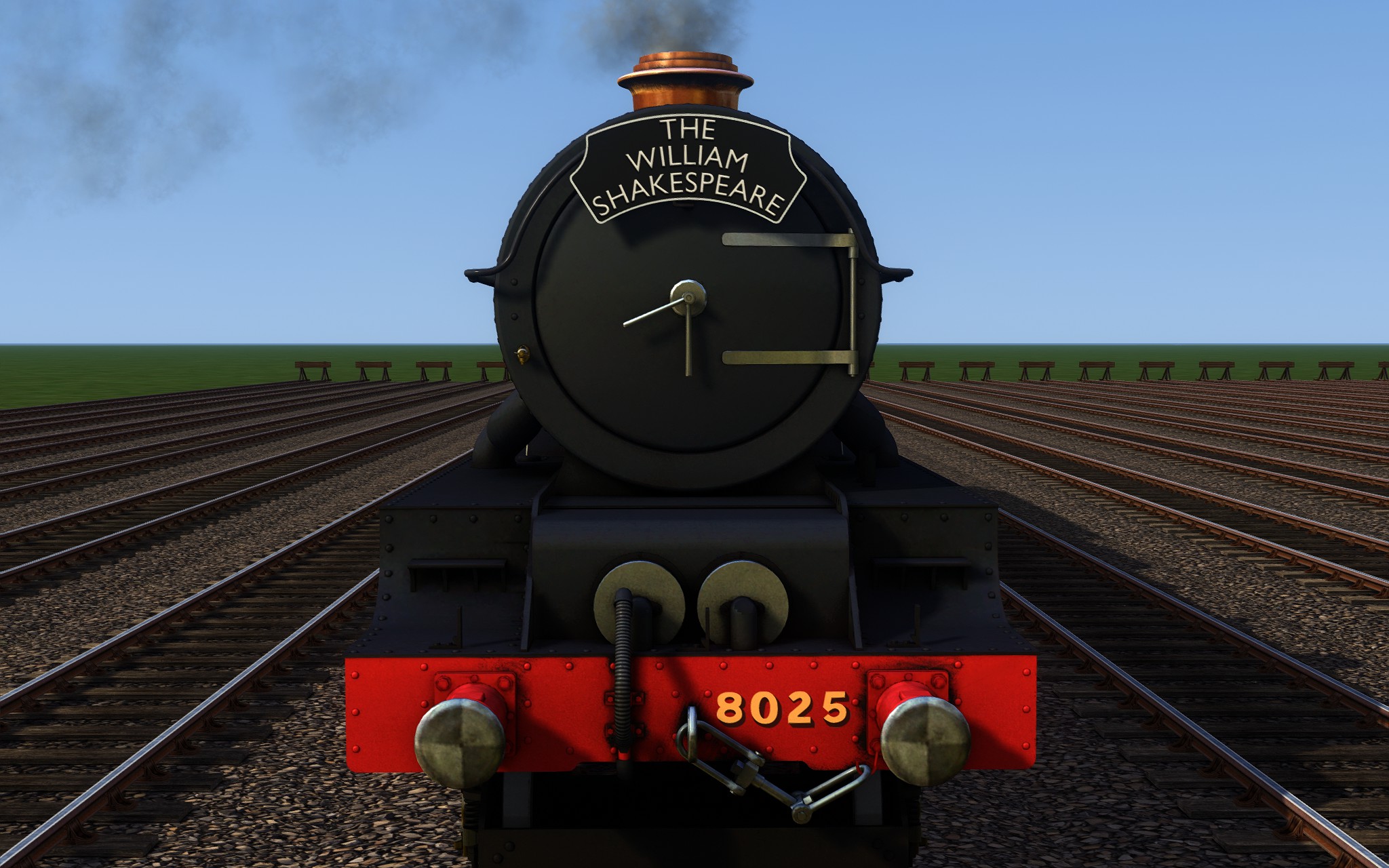
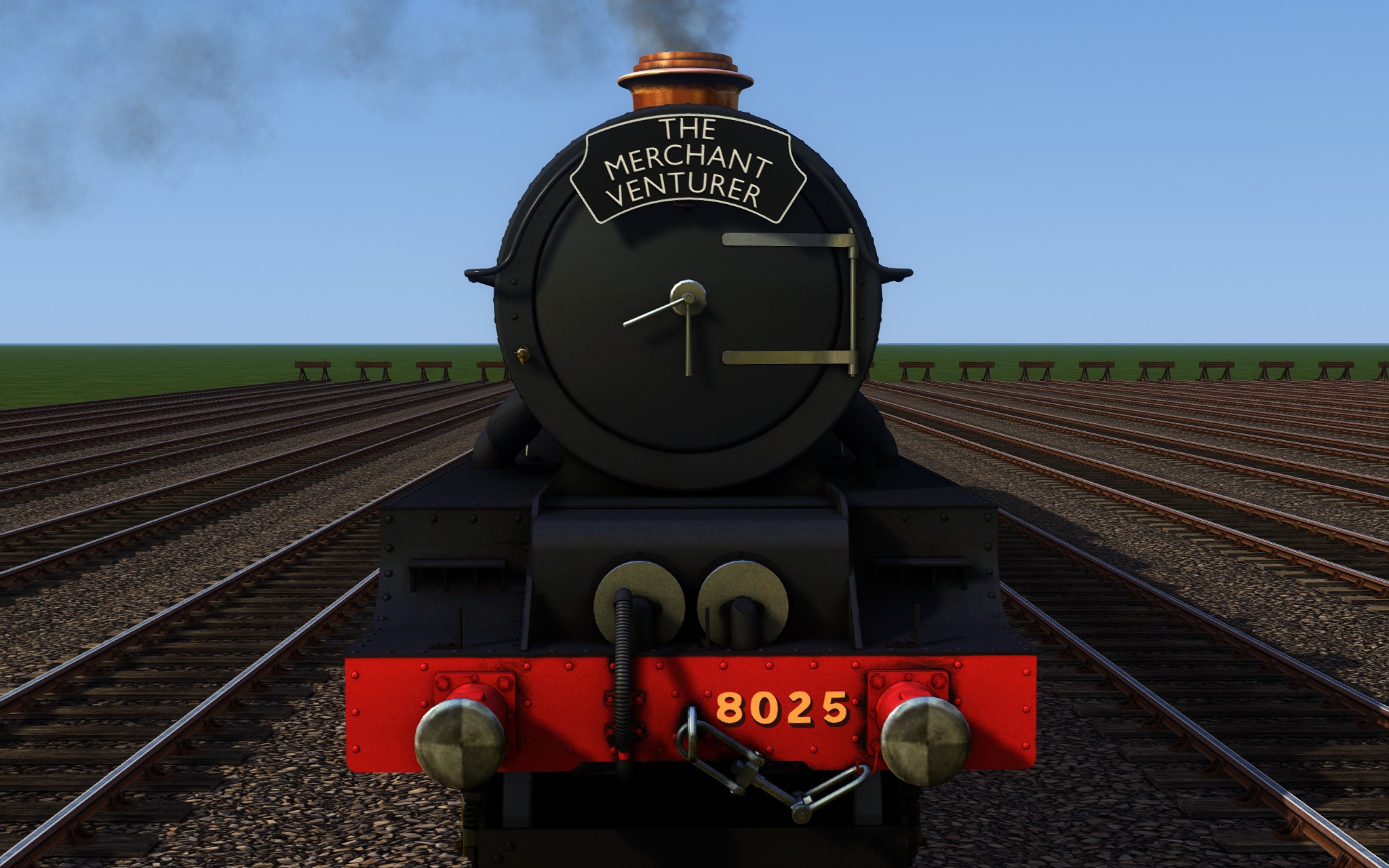
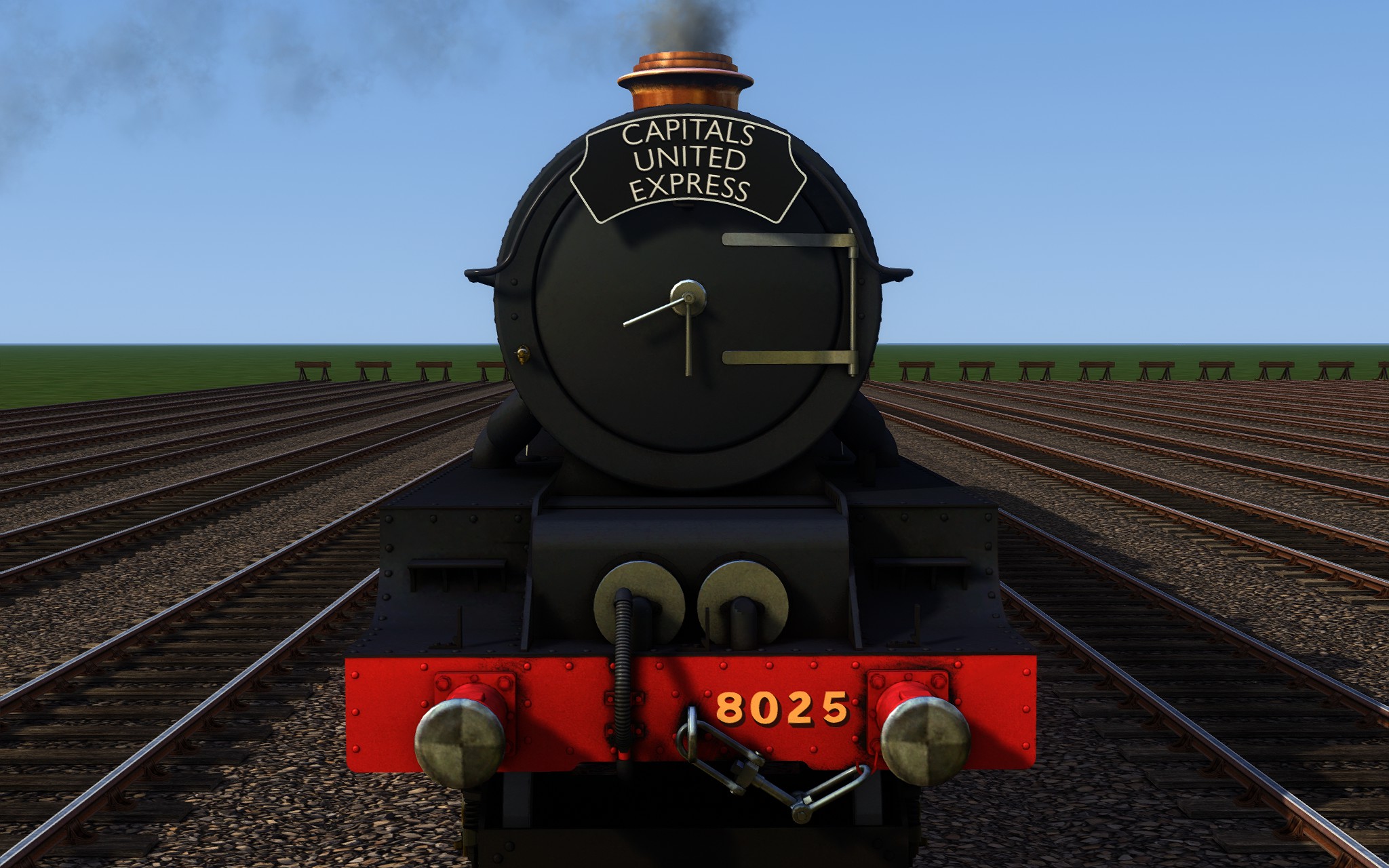
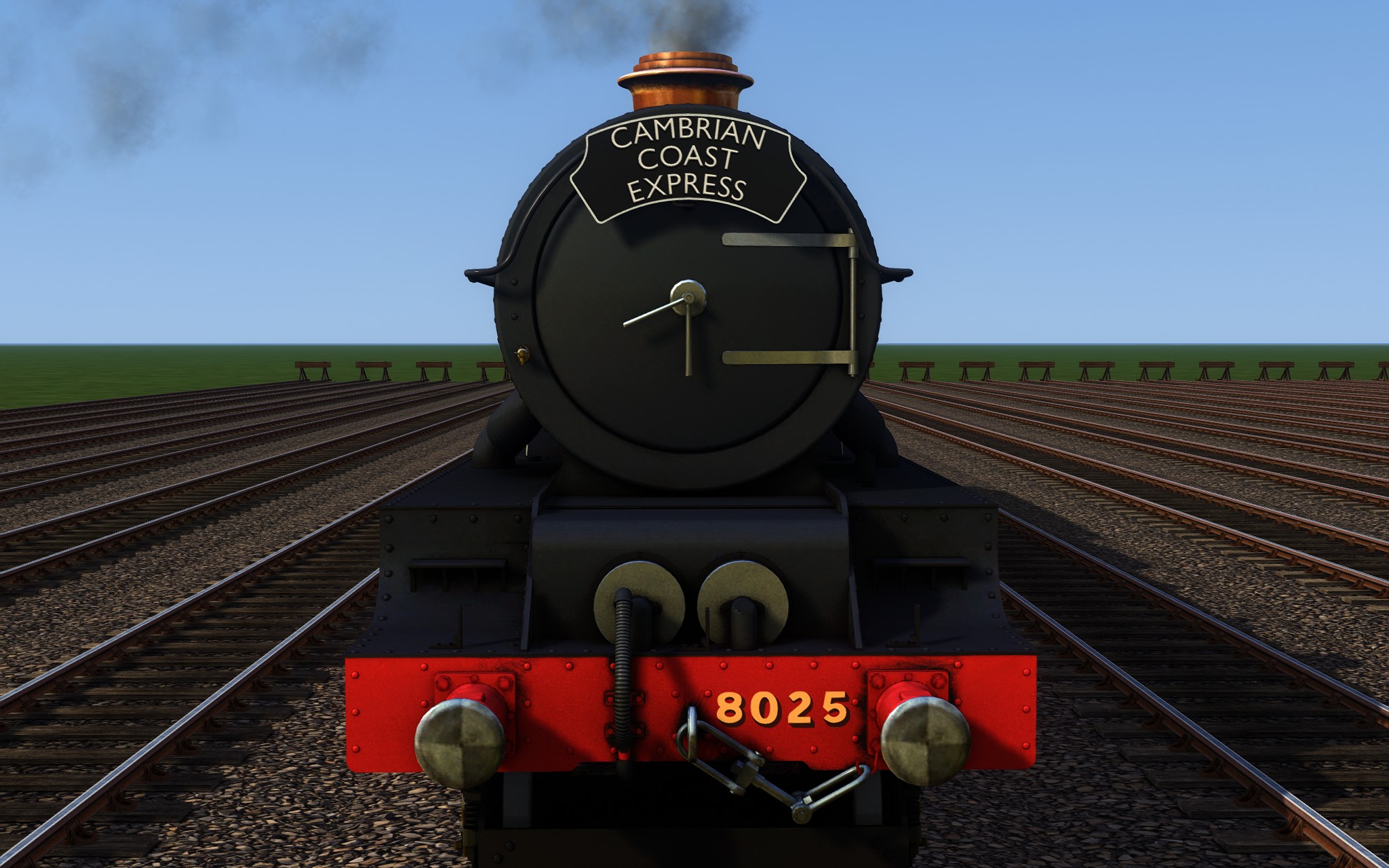
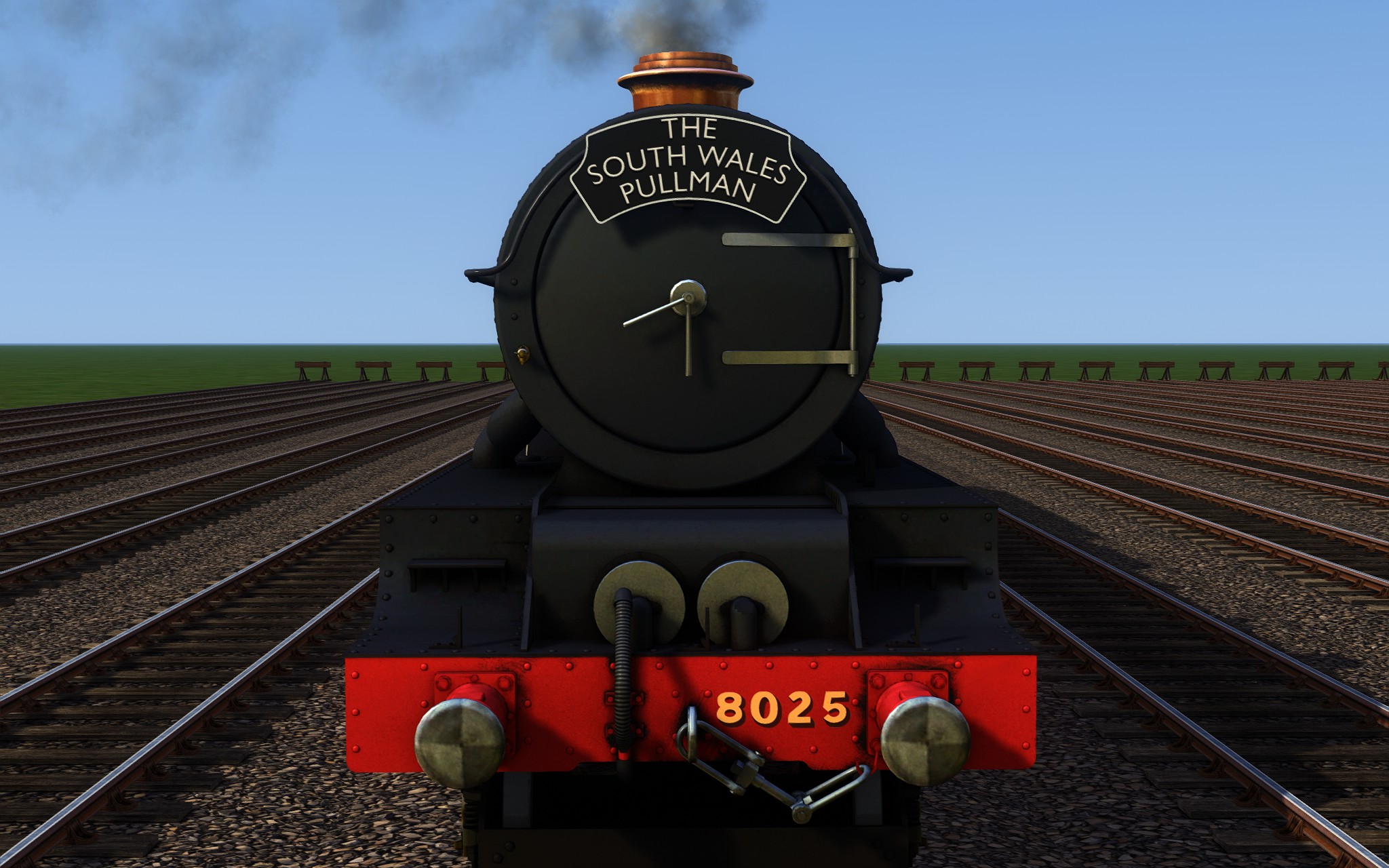
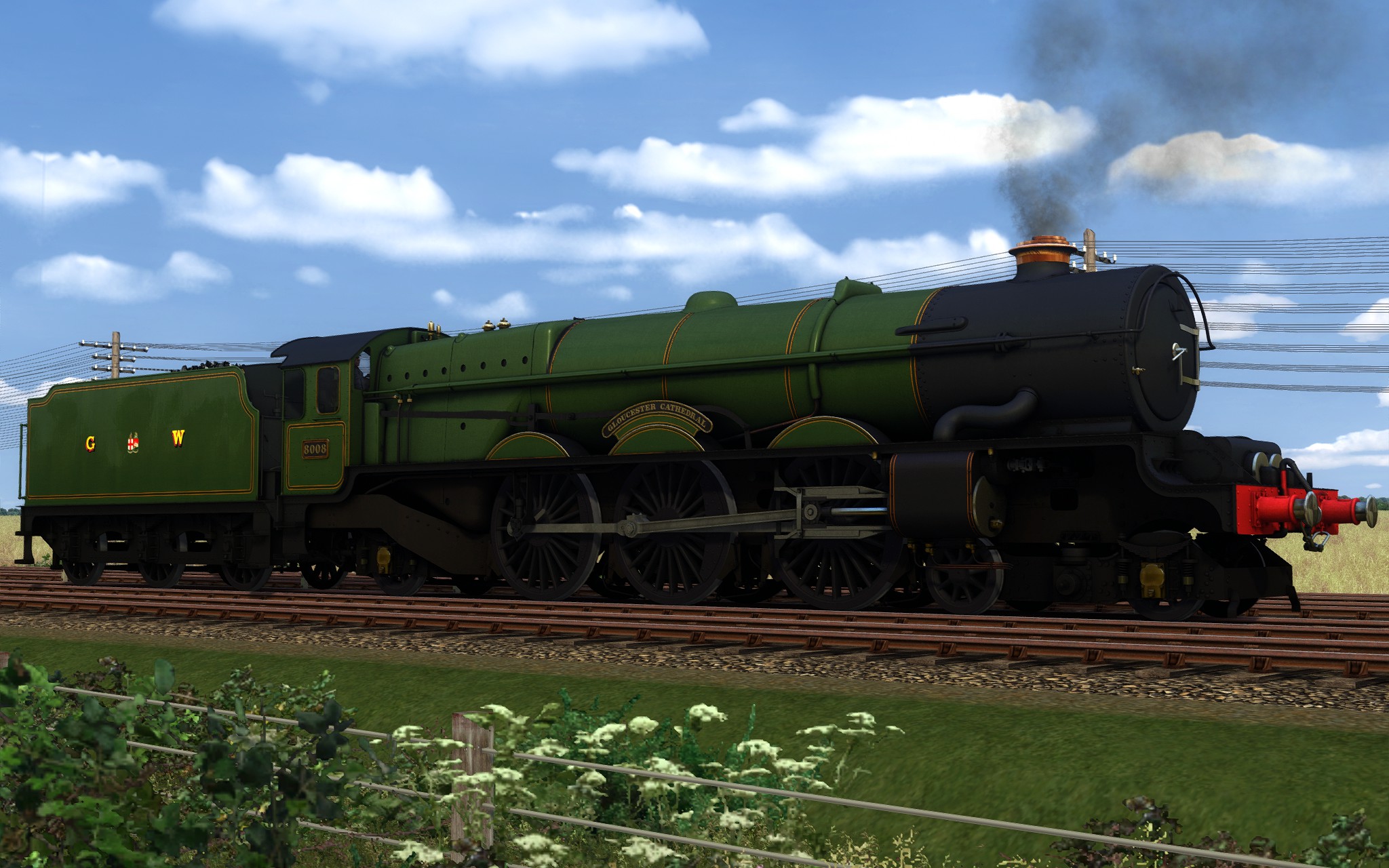
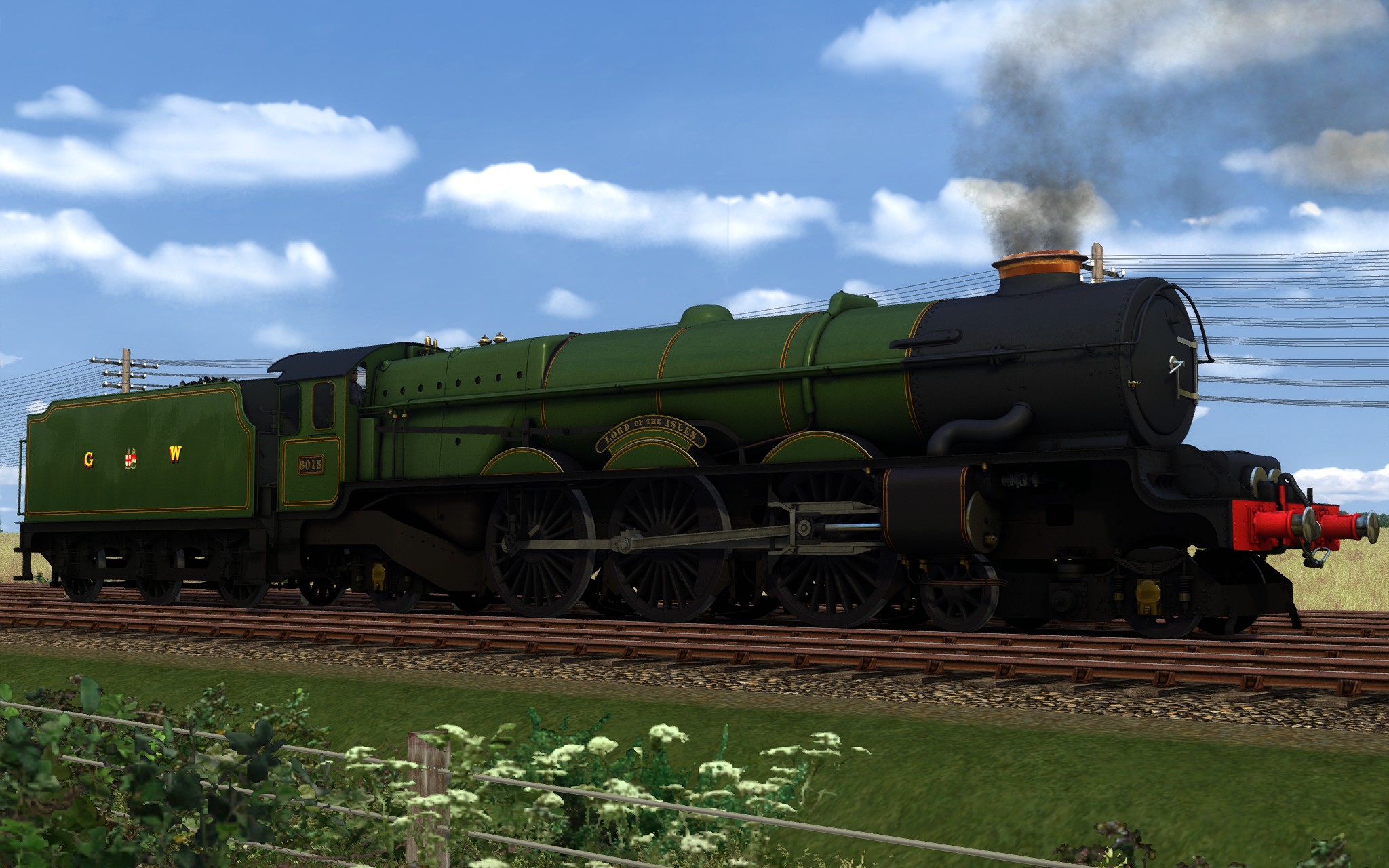
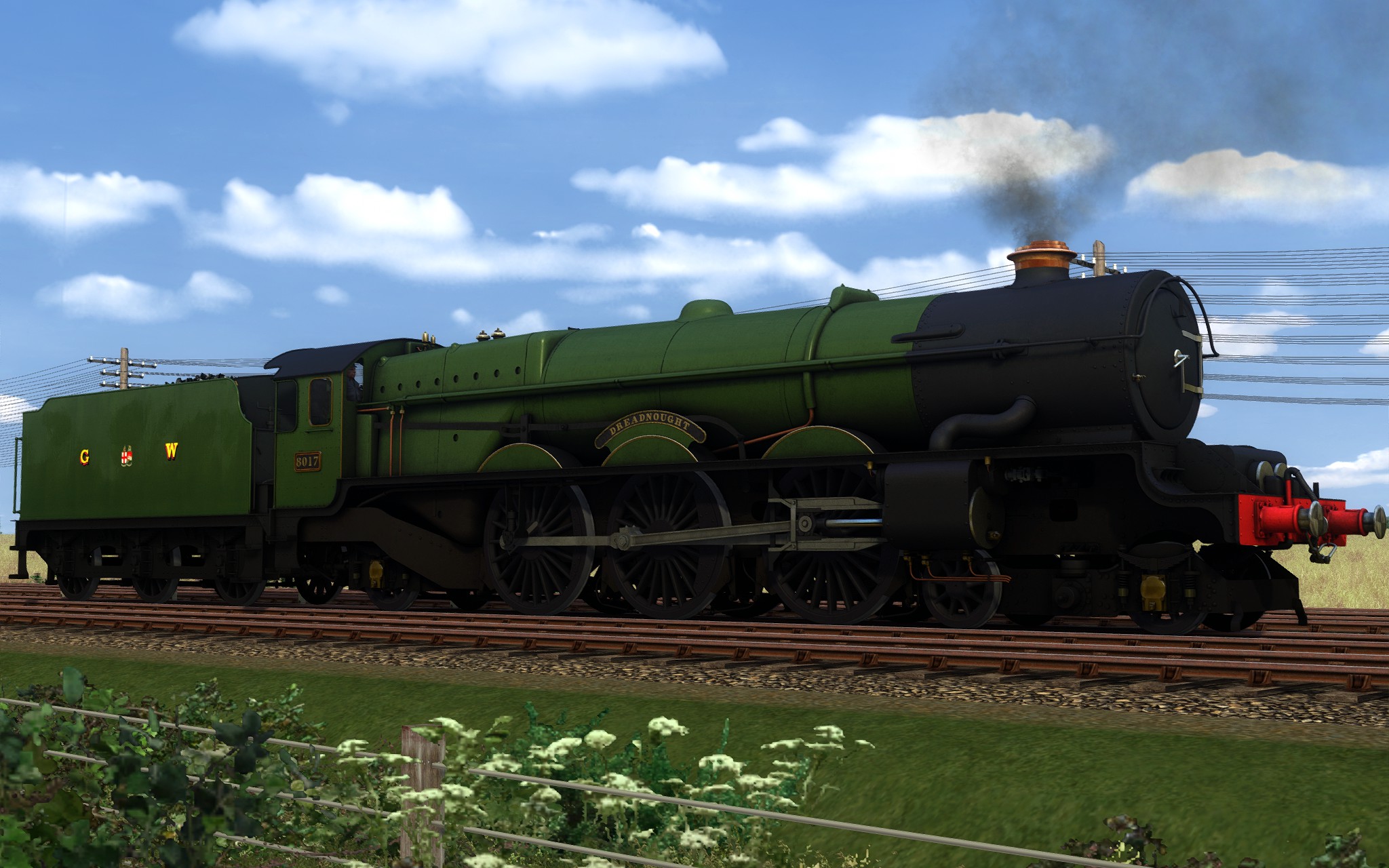
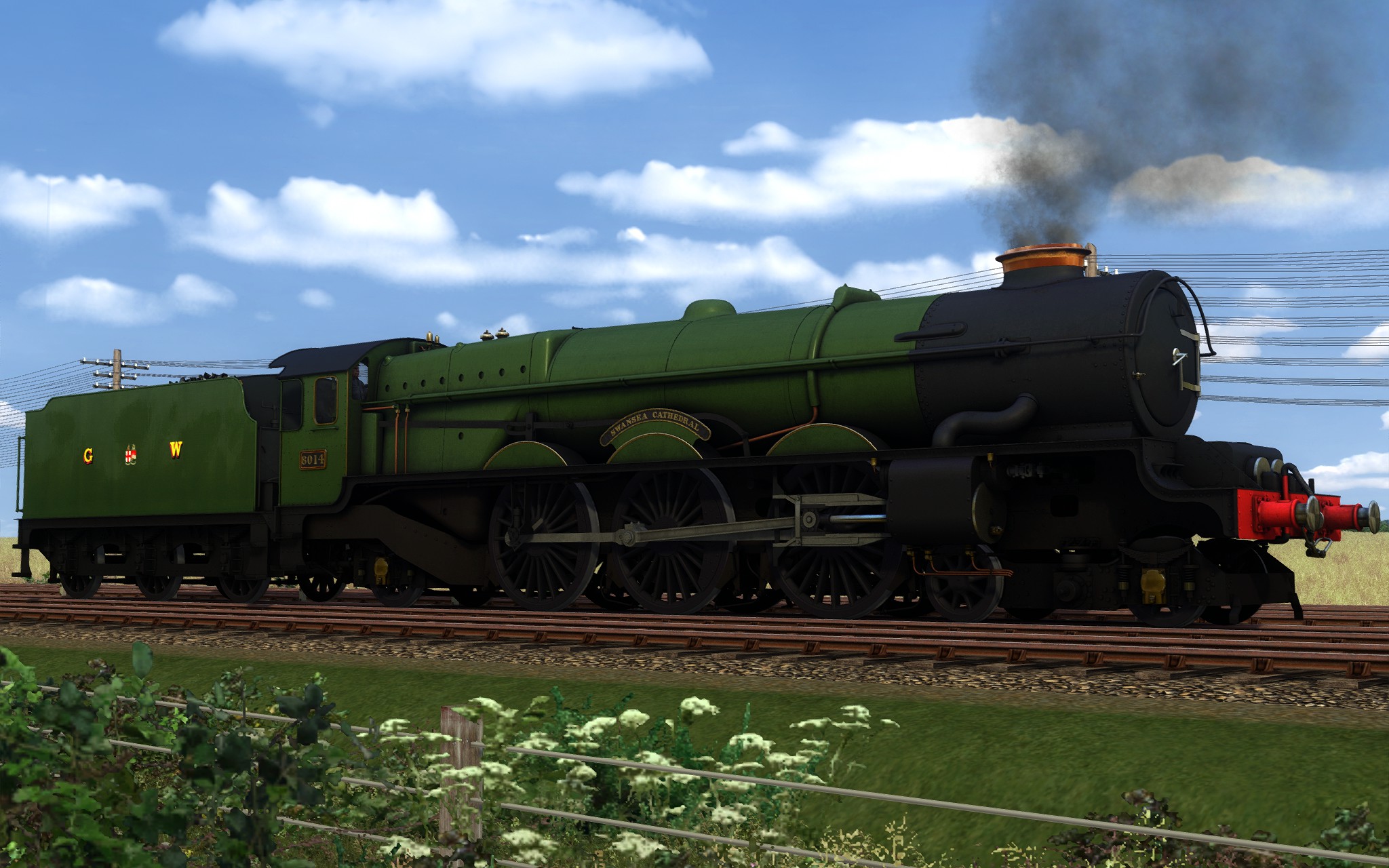
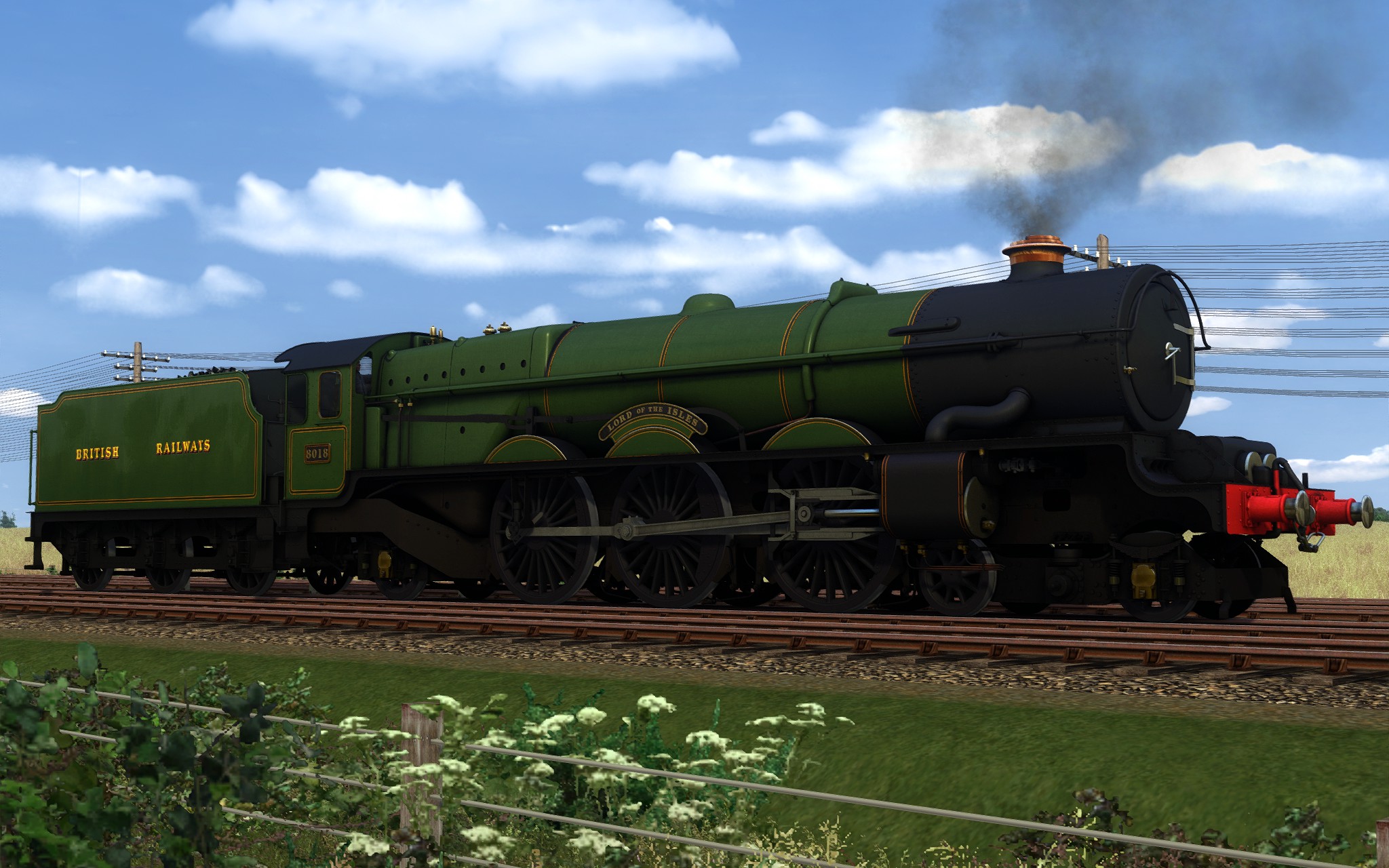
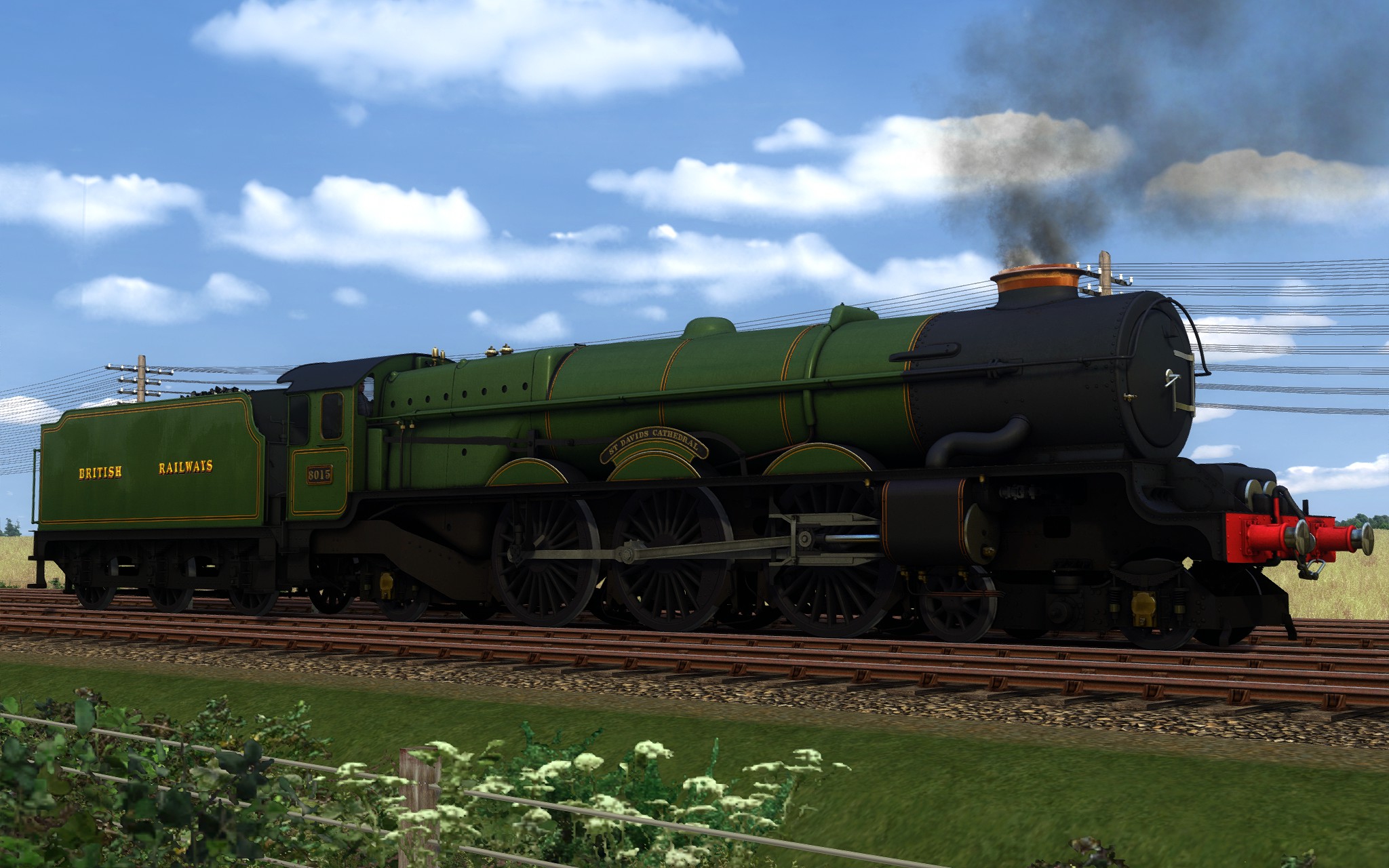
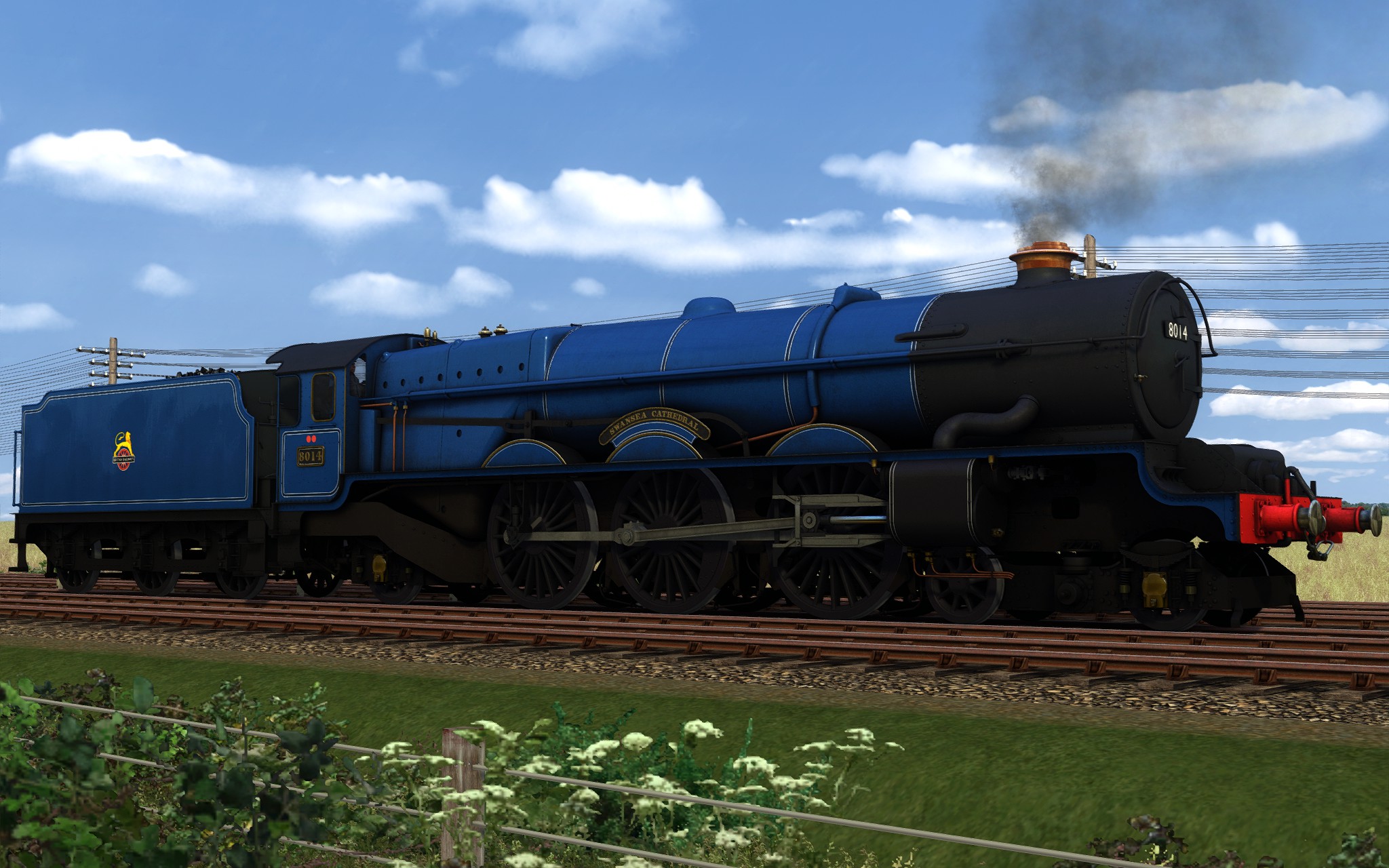
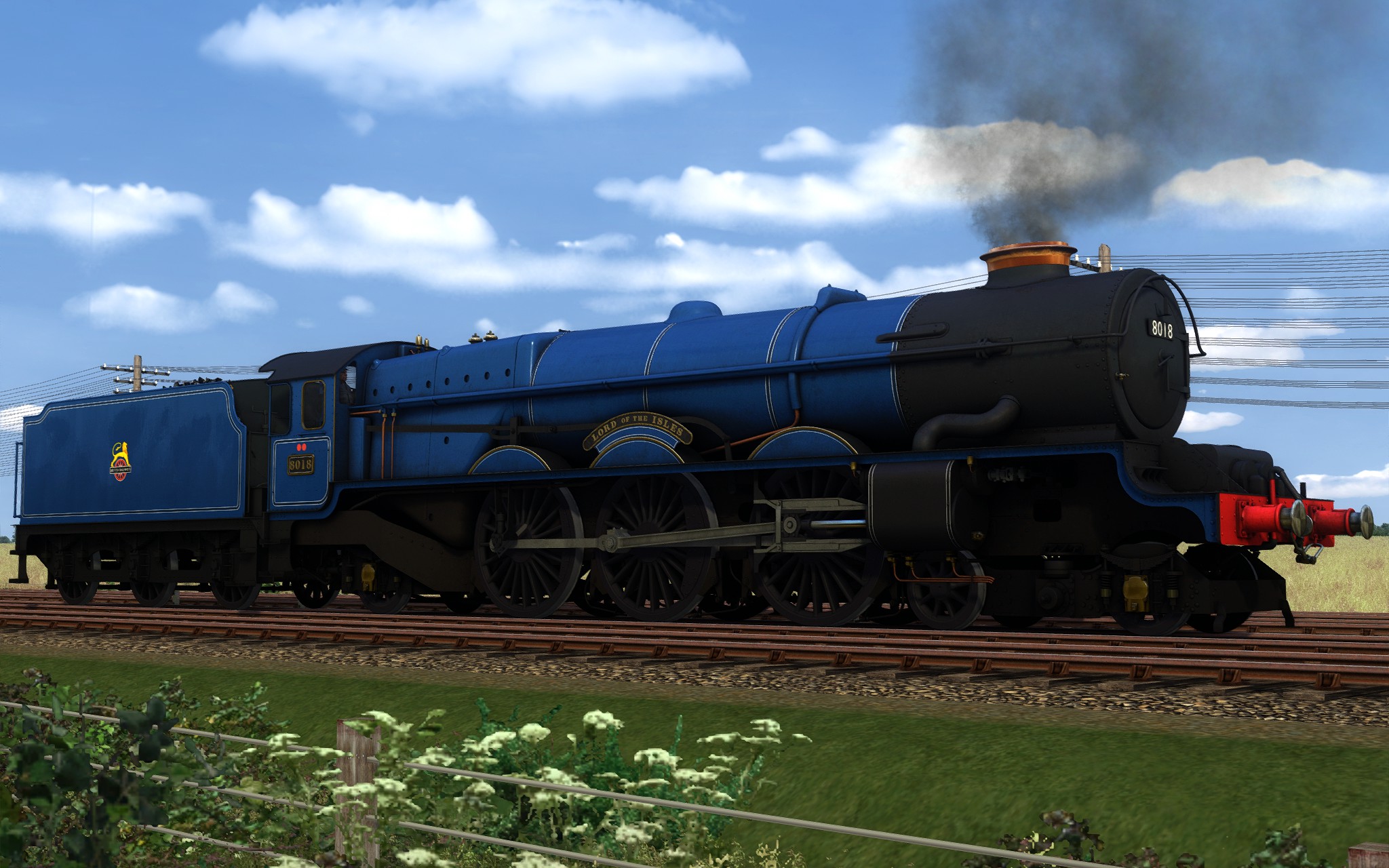
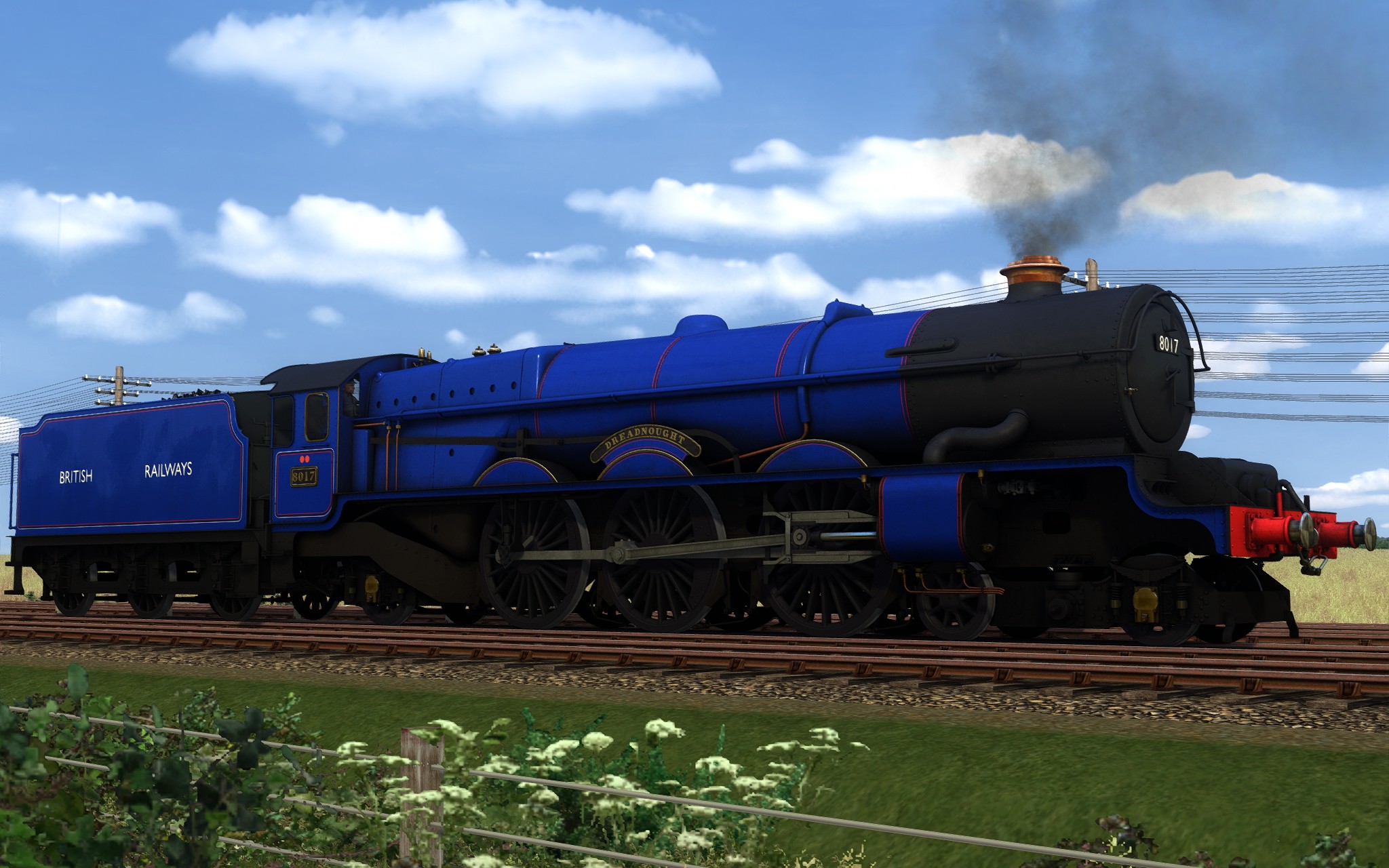
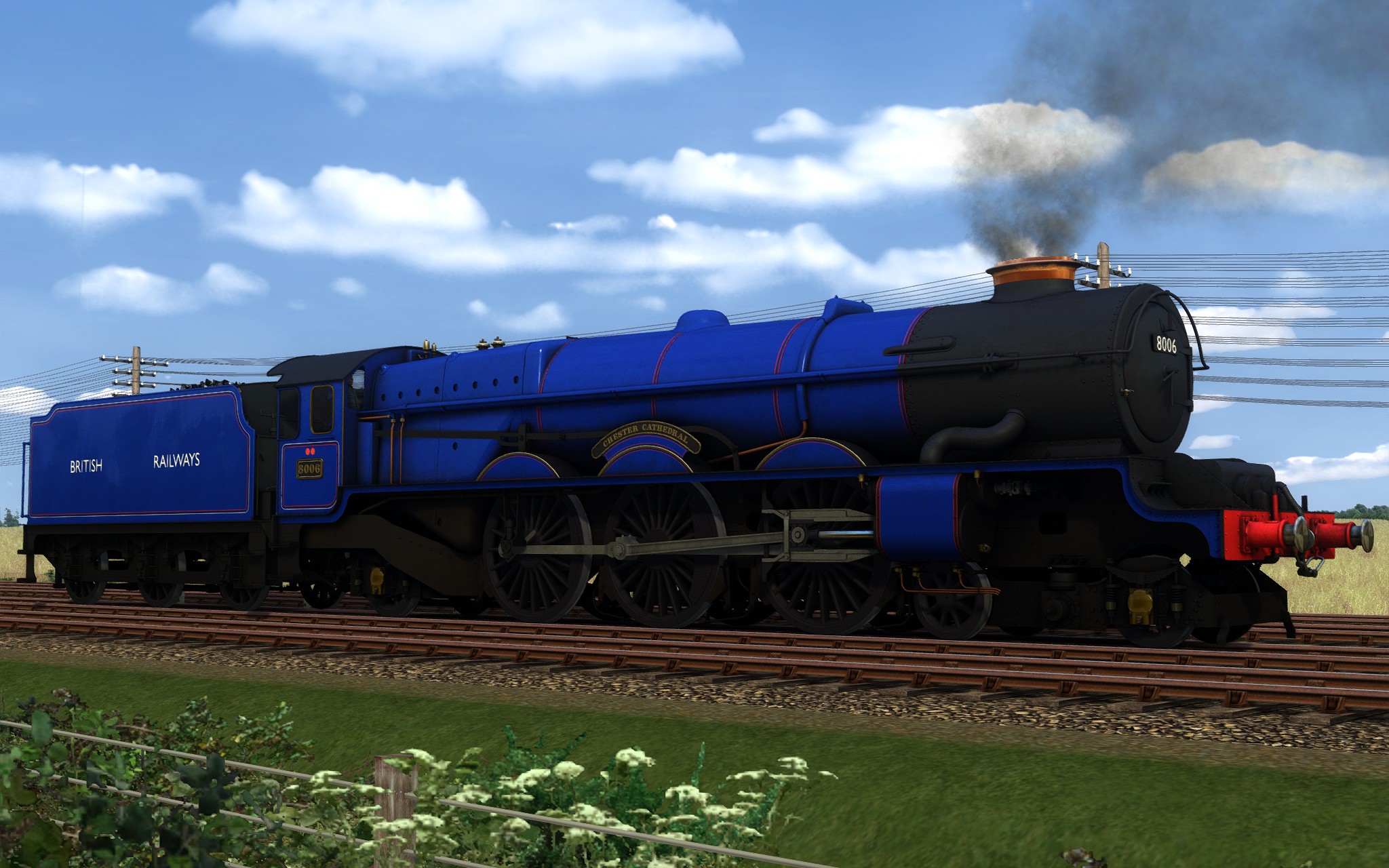
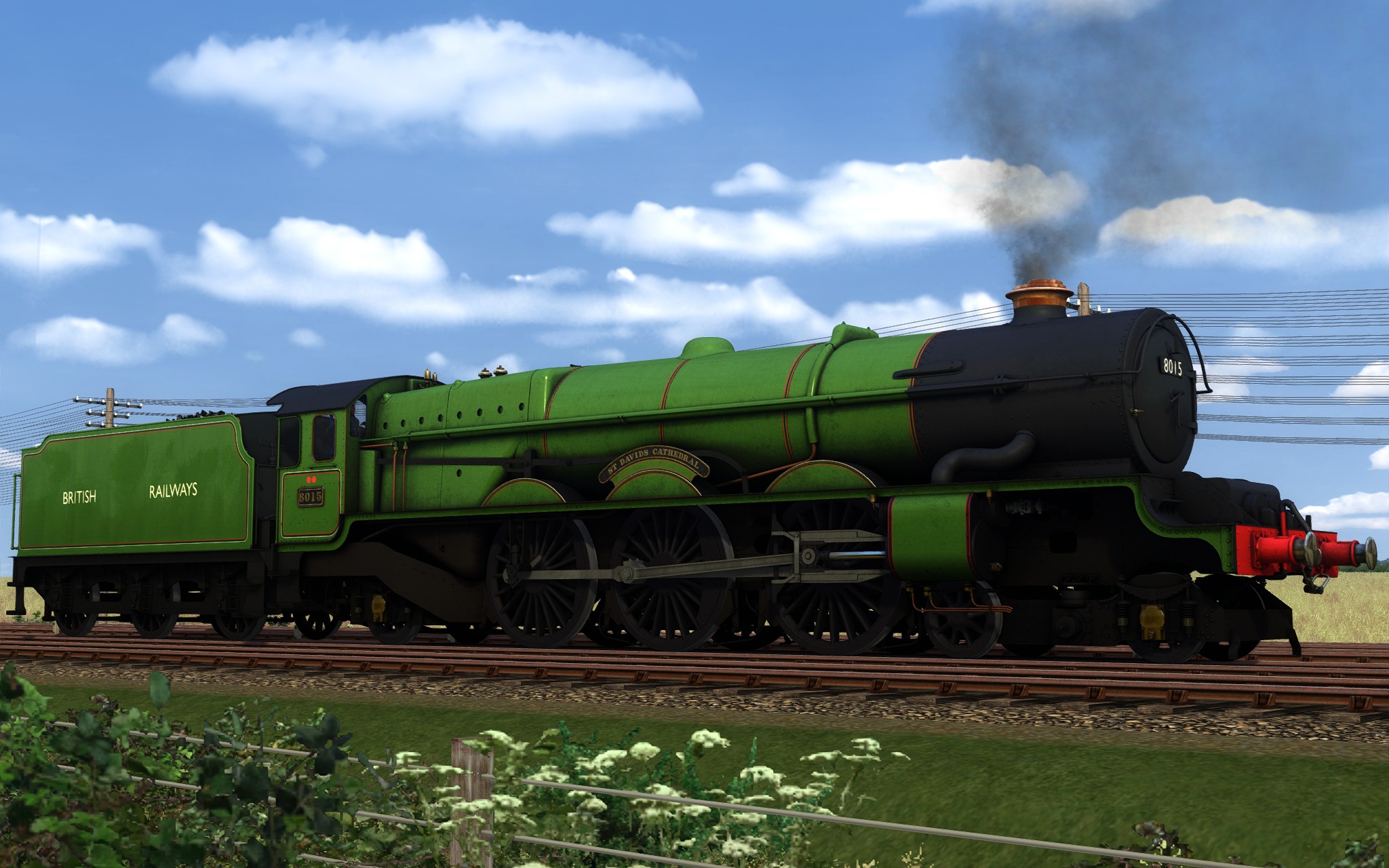
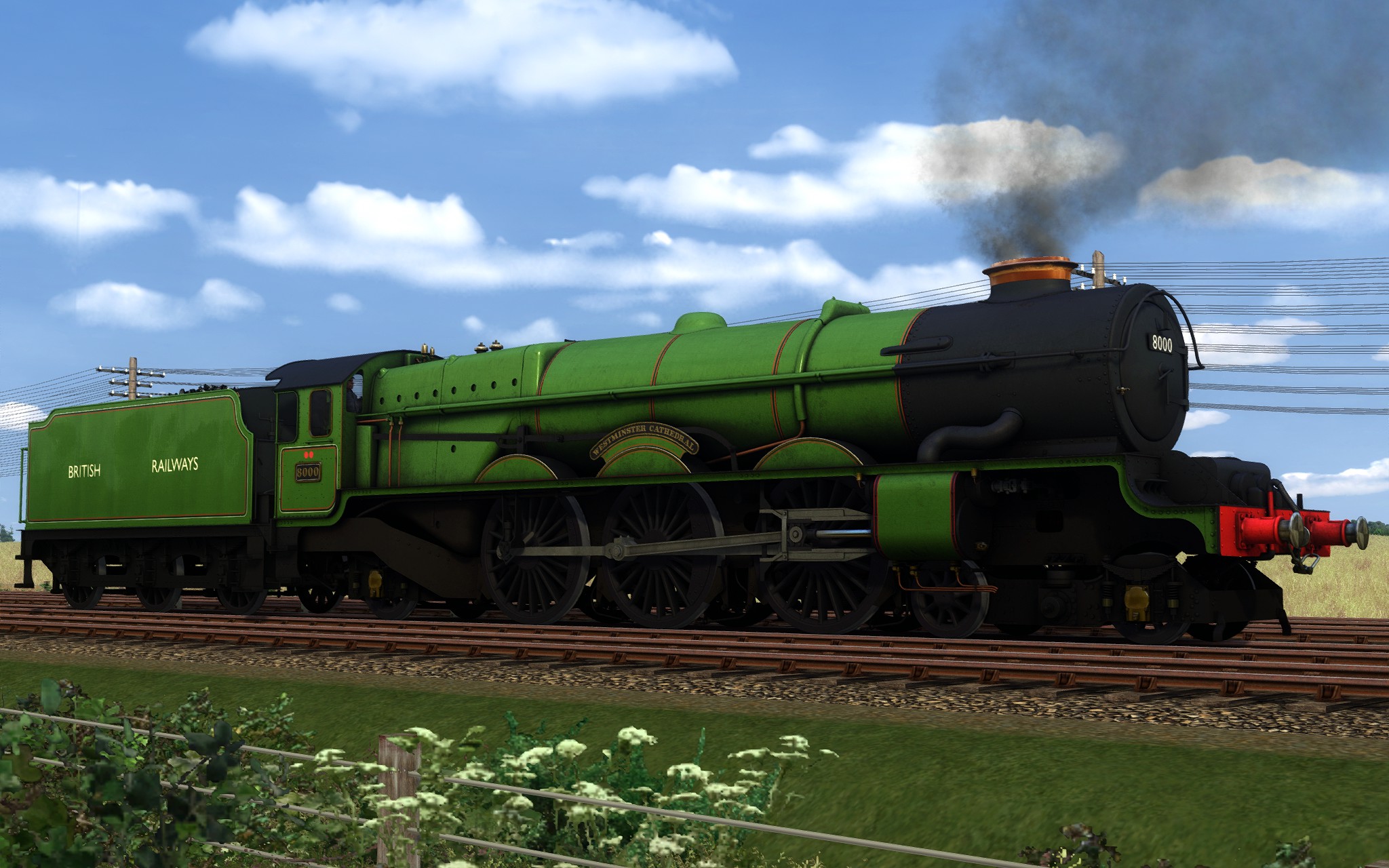
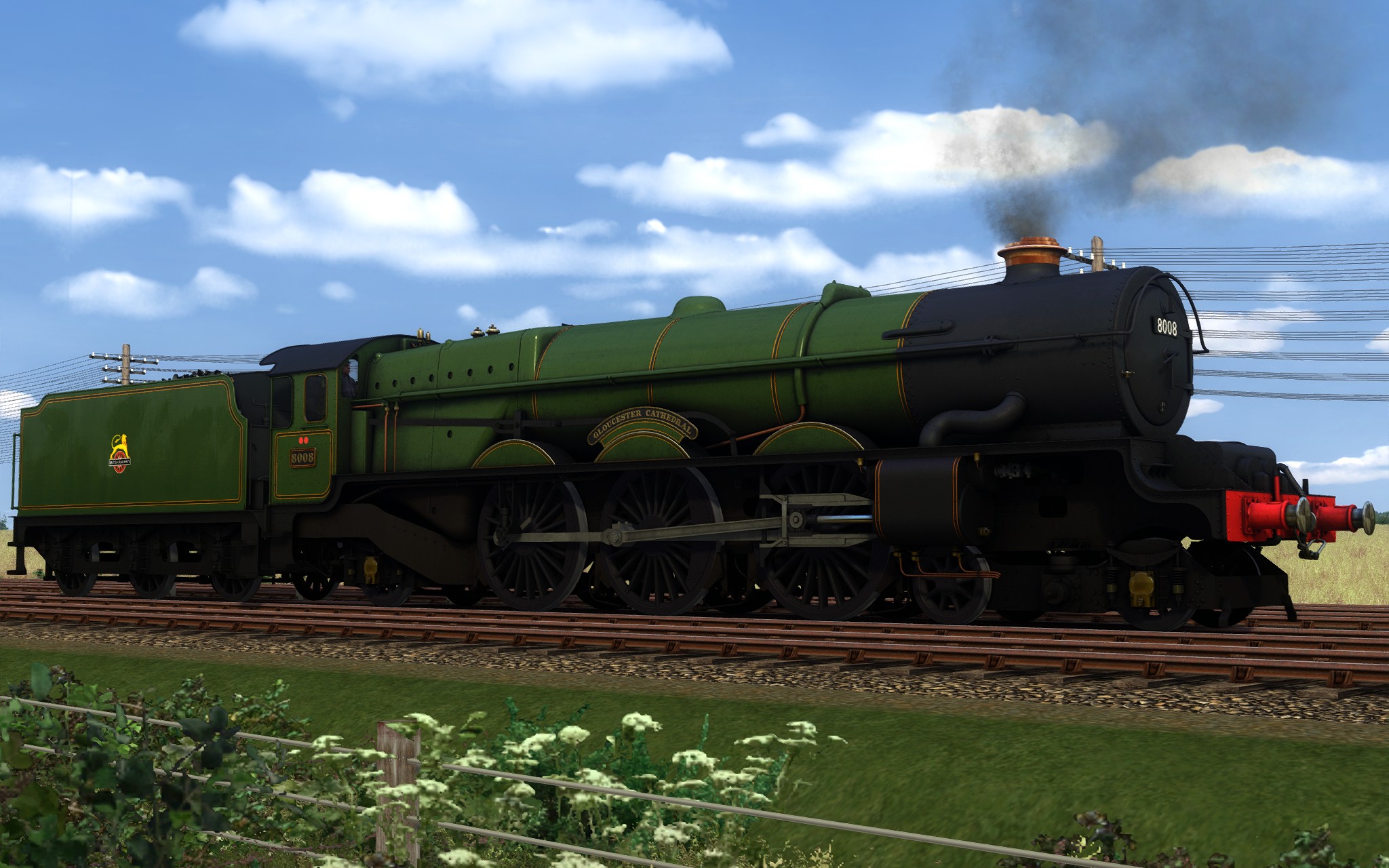
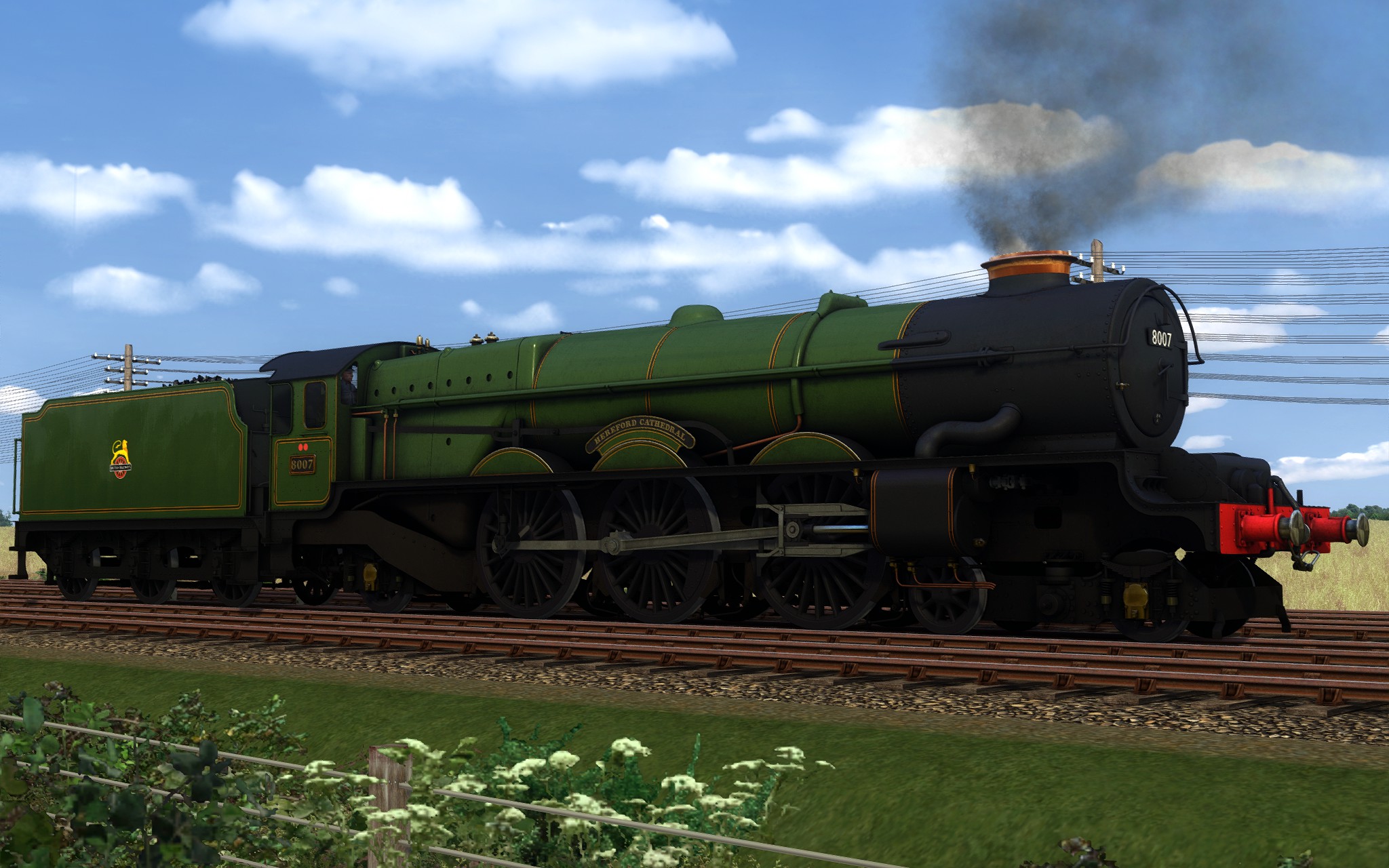
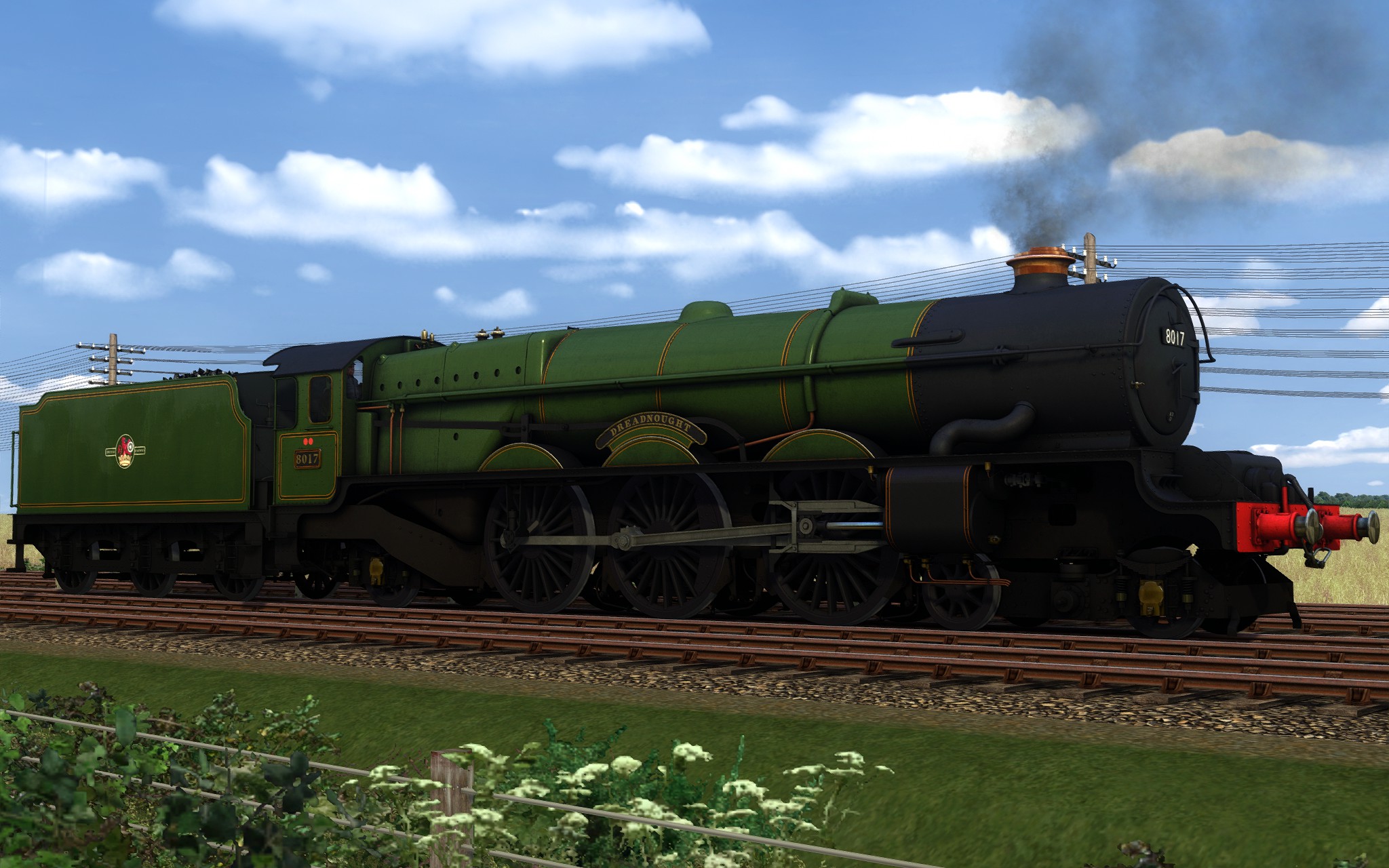
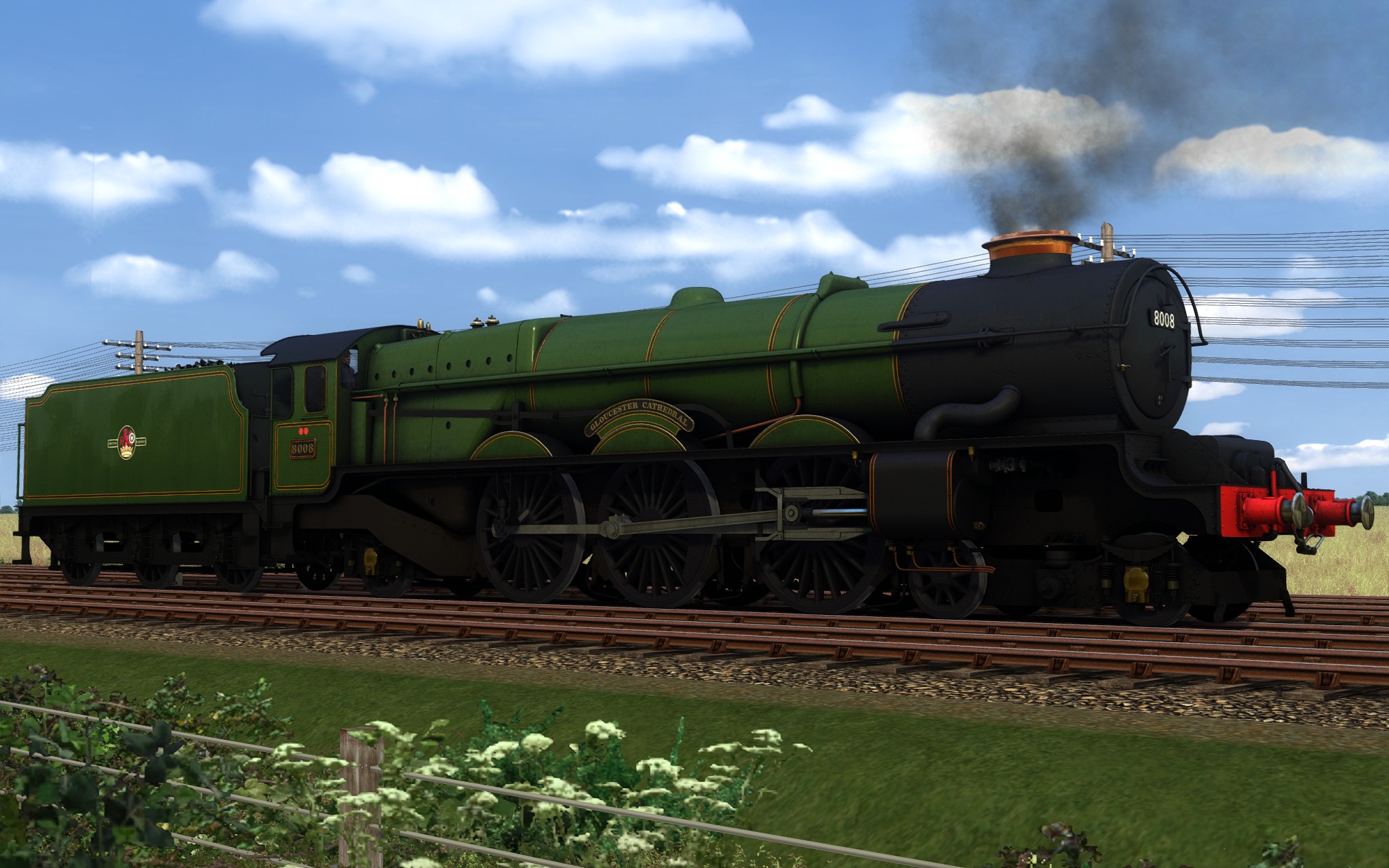
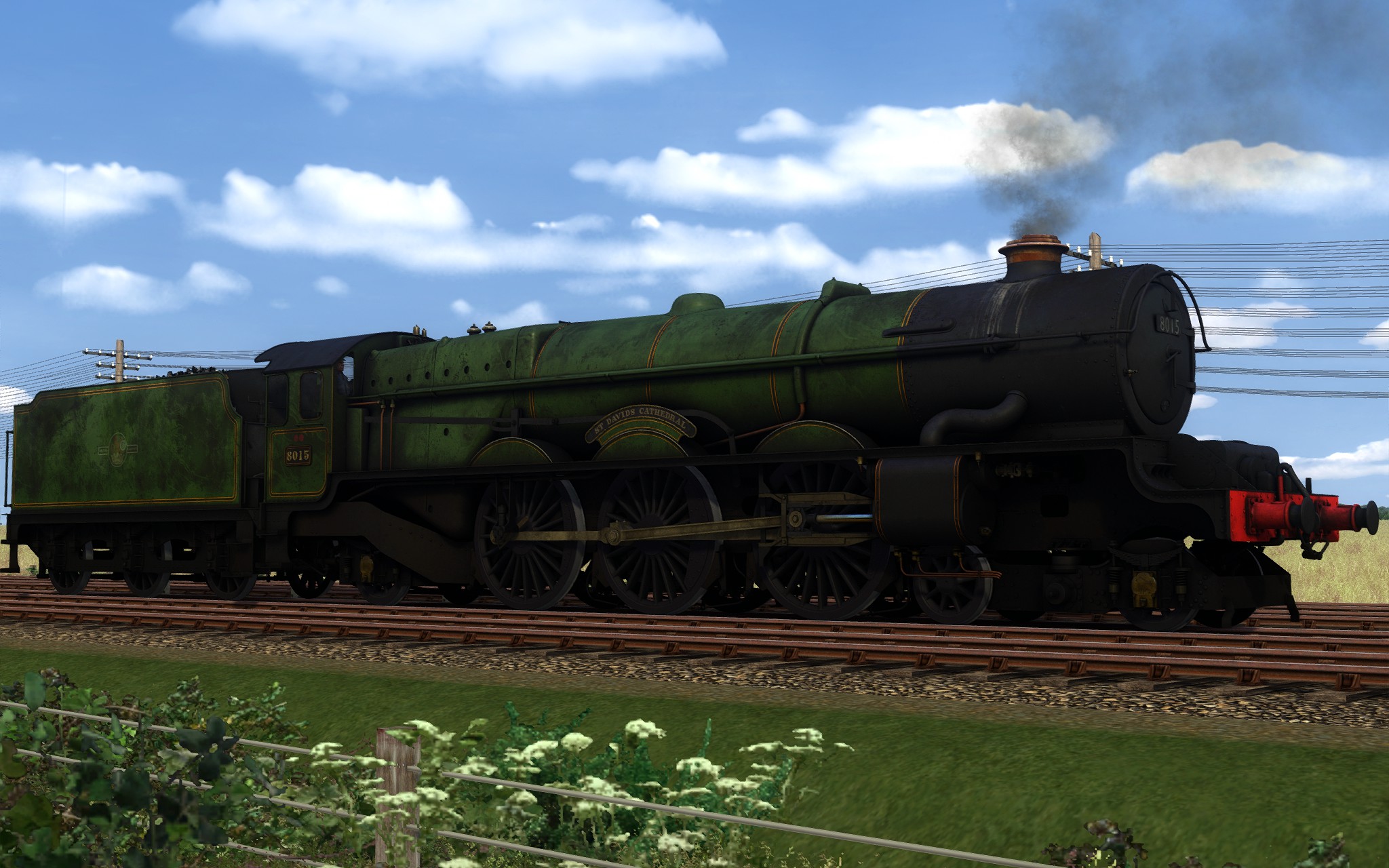
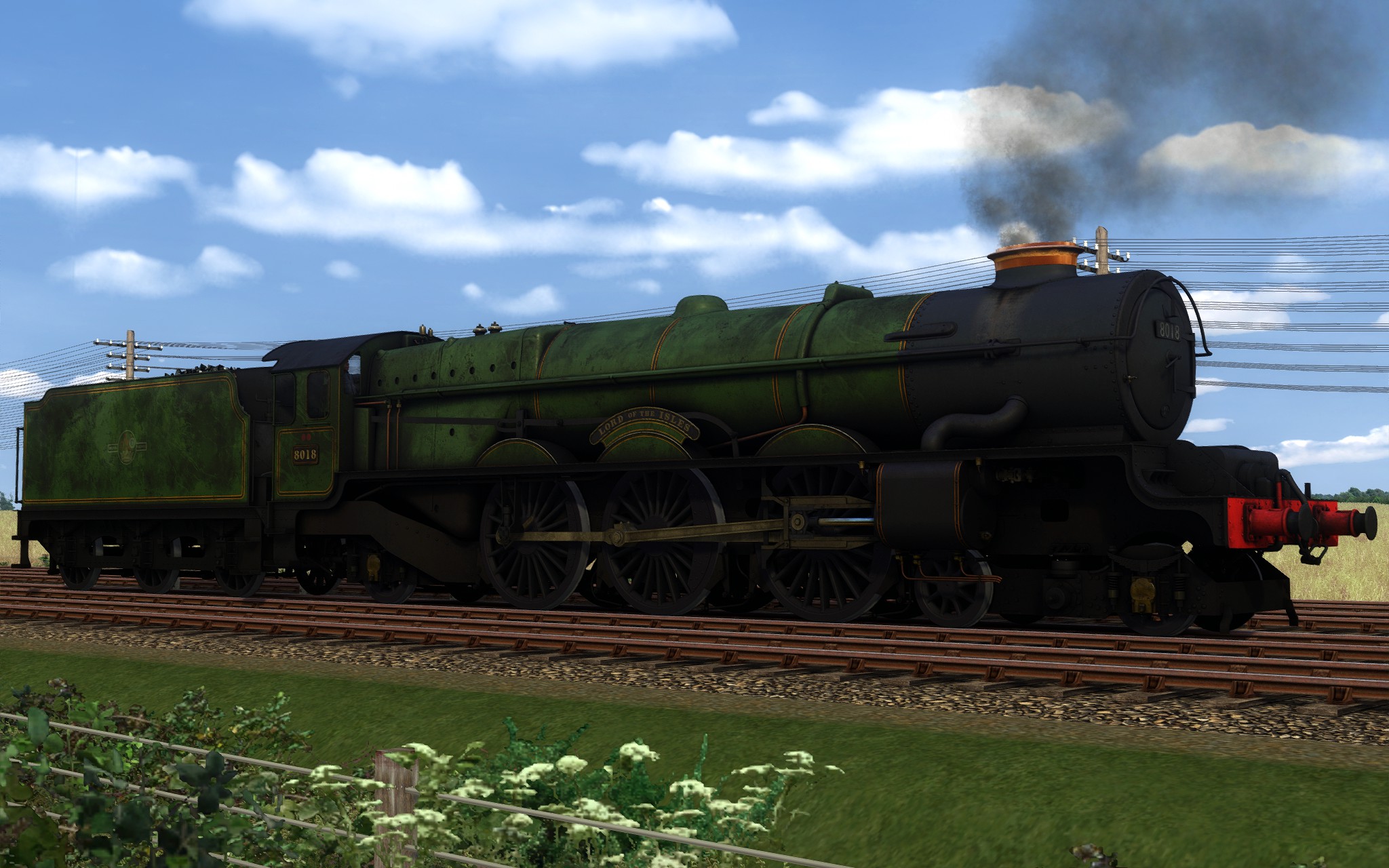
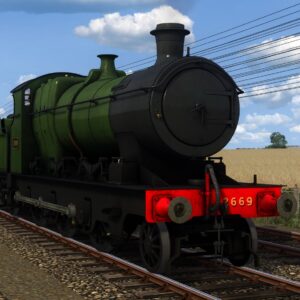
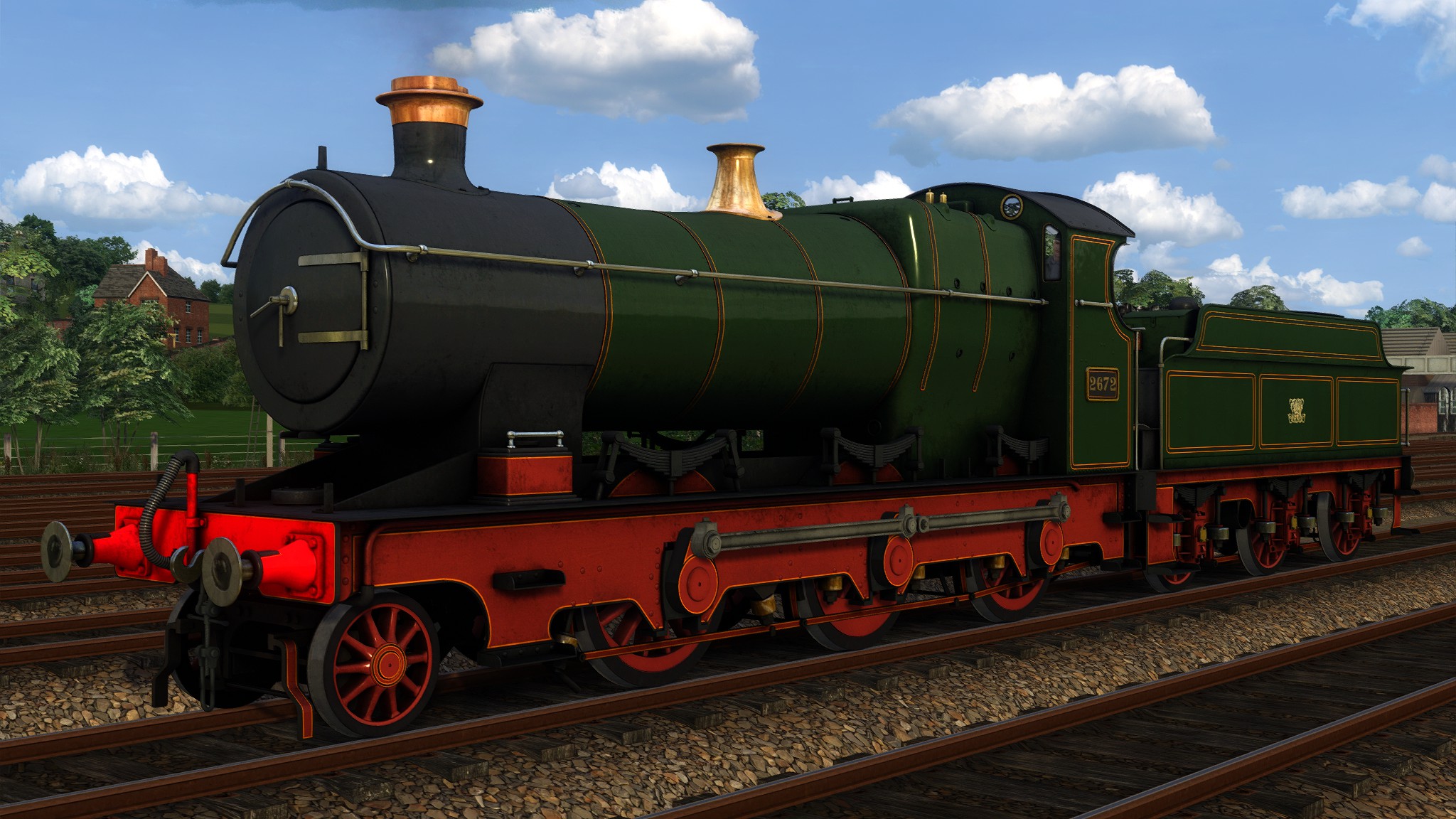
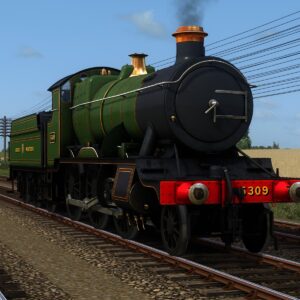
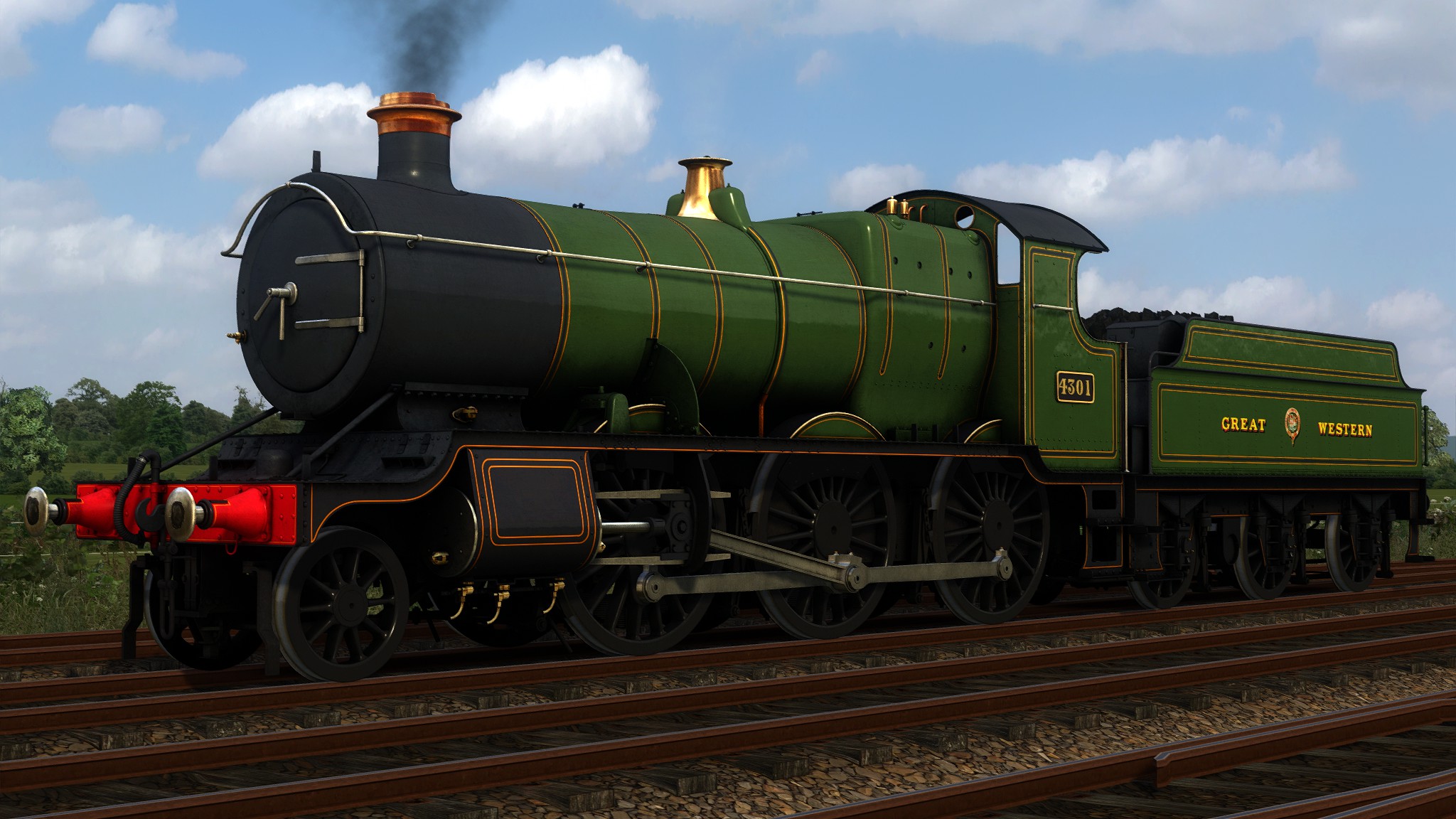
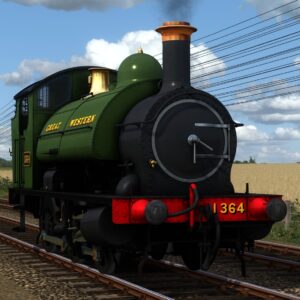
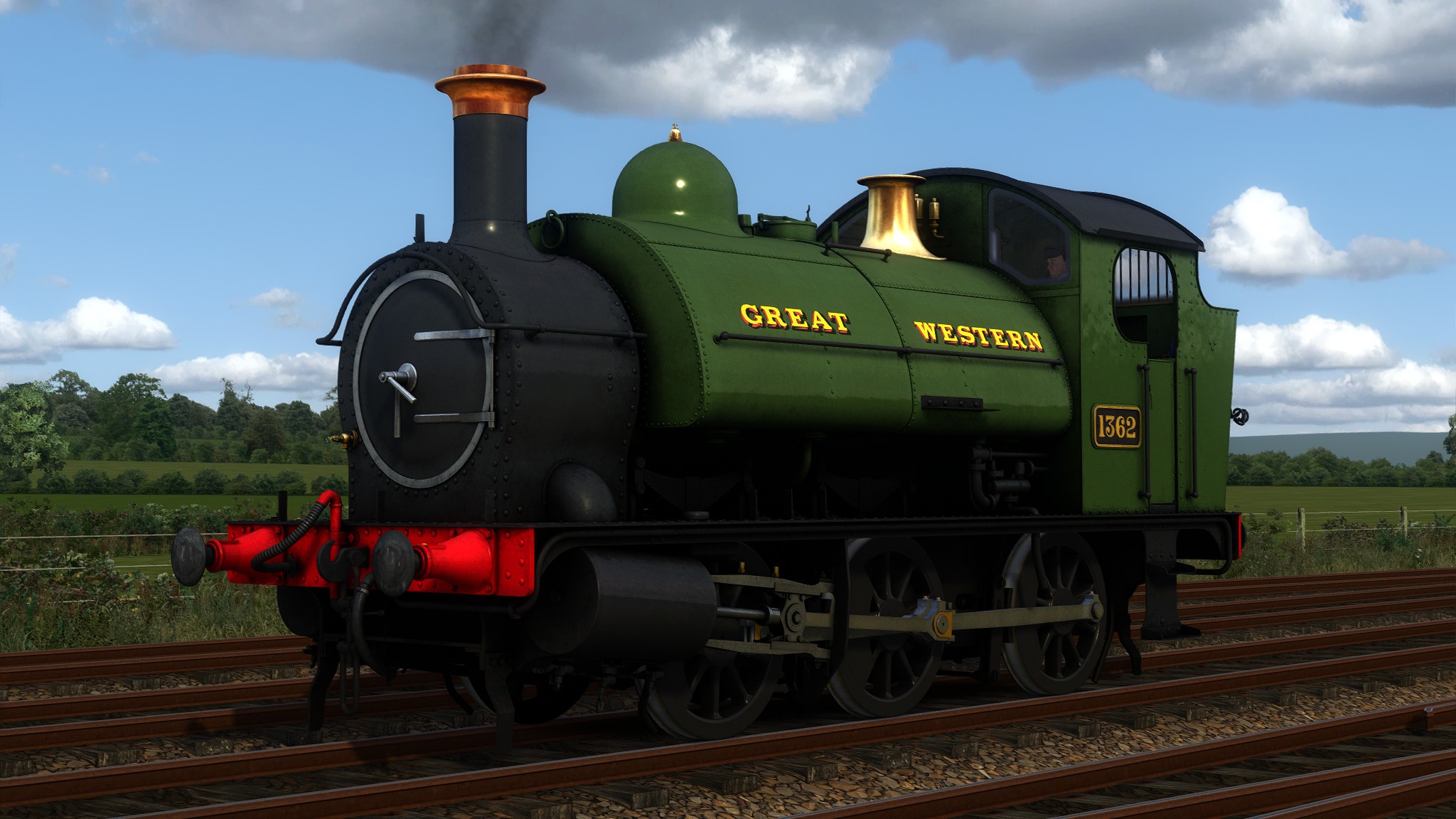
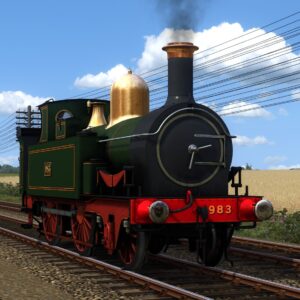
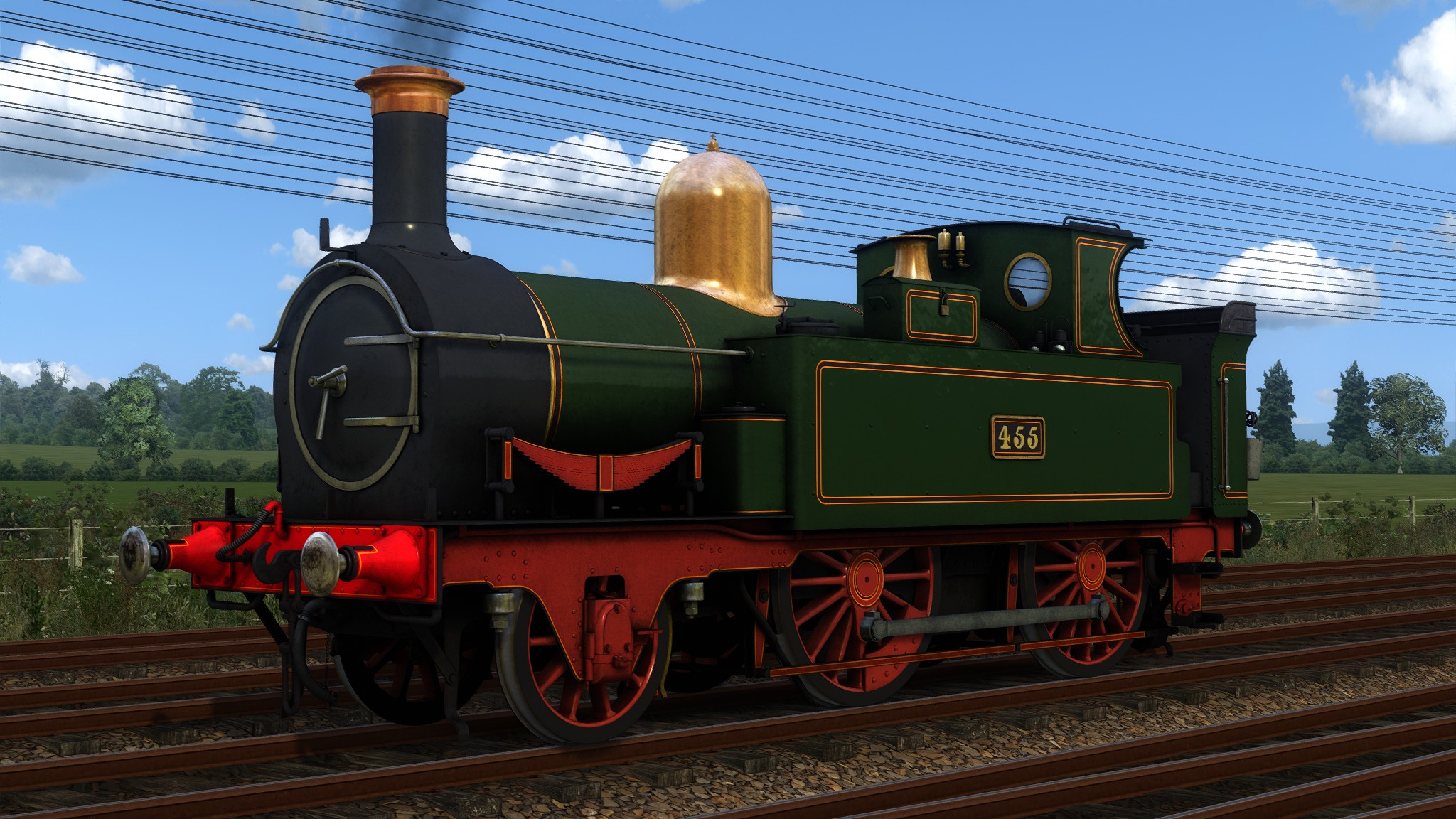
Oliver Pocock –
Having seen this project all through its development, I can guarantee people are going to love it. Another amazing job by my friend, Kris (Caledonia Works).
Christian Rasmussen –
Absolutely beautiful and stunning
Roger Worner –
I love the “History” of what might have been
Tom Dibden –
A brilliant and well detailed take on a fictional might have been design! Thoroughly recommend!
Stuart Leeming (verified owner) –
I have only driven it once at the time of writing and I can already tell that this is a stunning release and a tantalising glimpse into what could have been a glorious swansong of Great Western steam. The fact that this was created, beautifully modelled and simulated out of what was essentially a couple of drawings, with no real-life examples to take images, reasearch or crew testimony from, is simply astonishing and proves that nothing is beyond Kris’ ever-improving capabilities. The fictionalised history of the class is also totally believable and really serves to flesh out what would otherwise have been a non-existent story.
Buy it immediately and bring this “draughtsman’s dream” to life in the world of Train Sim.
Brayden Hartman (verified owner) –
I love this locomotive it is the best loco I’ve driven in a long time I highly recommend you buy it immediately 10/10.
Mats dubois (verified owner) –
I bought this locomotive and I have to say I don’t regret it. the only bad thing i can say about it is i feel it loses steam pressure way too fast but that could be just me and i’m not much of an expert in driving the locomotives. but if you are a true professional you should buy this loco it’s great.
Kevin Ibbotson (verified owner) –
I did a review of this which got rejected and rightly because I was arrogant and over confident about my steam engine driving,
In the original review I said the model and sounds were great and they are.
However, I blamed the engine for my own short comings, saying it performed very badly and wouldn`t steam. It was my own over confidence not the engine.
This morning in a quickdrive I had this engine going down Stoke bank on CR`S ECML at 128mph.
It`s a great Engine once you master it.
aksel jakob hamran falkenberg –
if this thing had been built it would be a major sucesss. great model.
Grayson Sutherland (verified owner) –
Dear Caledonia Works,
i have bought this engine and i love everything about it, the attention to detail is spectacular and the engine provides unlimited entertainment for anyone, this is one of if not the best add ons for train simulator. The countless number of liveries and varieties make this a engine you could mess around with for hours.
-God bless
Grayson. S